I bet you had no idea that Brno Built the Future in 1956…
“In the city of Brno, modernism lives on. Brno, the capital of Moravia and the Czech Republic’s second-largest city, is a long way from Chicago. But in the 1920s and 1930s, it was one of the hotbeds of Modernism in Central Europe.” –International Herald Tribune.
Our story begins in 1923 when in the Moravian city of Brno (now in the Czech Republic) the committee approved the construction of a grand exhibition. Designer architects Josef Kalous and Emil Kralik built to impress. So much so that even American architects of the exhibition Century of Progress held in Chicago in 1933 were in fact still influenced by what they had experienced in 1927 that Brno built in a single year.
The Brno Exhibition held in May of 1928 showed the world the highest social and creative values created in the first ten years of independent democratic Czechoslovakia.
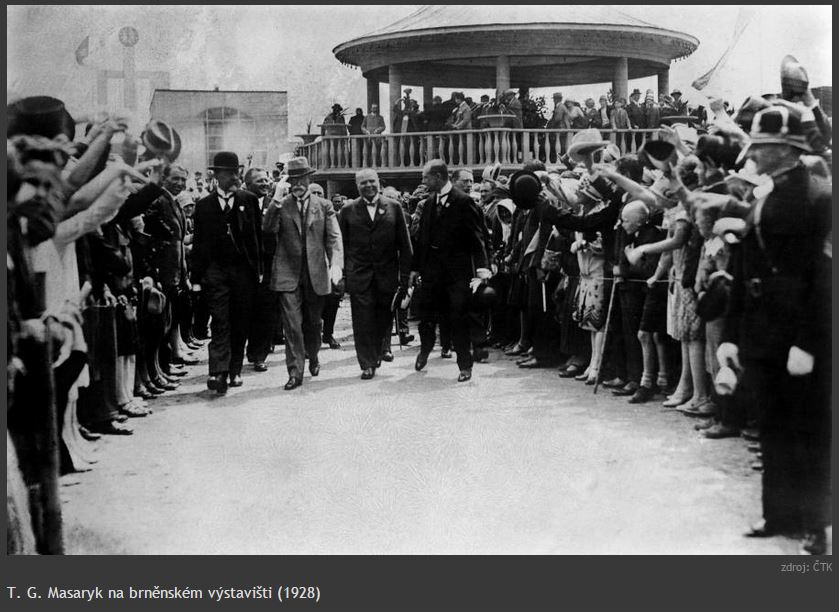
Constructed and erected on a floodplain, the legendary Brno exhibitions were held annually and continued to impress people worldwide with ingenuity and engineering.
A pause during the war halted exhibitions, but after the war they came back full force.
The exhibitions focus was on folk culture and entertainment strongly based on the Soviet model through 1954 and some buildings, including the main Industrial Palace, served in 1954 to hold two exhibitions on consumer goods, food, furniture and small animals.
But in 1955 everything changed. Brno decided to host The first Exhibition of Czechoslovak Engineering. (První výstava ceskoslovenského strojírenství.)
In an effort to broaden machinery exports, on June 15, 1955 the government adopted a resolution to hold its exhibitions of engineering at the Brno Exhibition Centre, in the same year in September. They were to call it The Exhibition of Czechoslovak Engineering, and on Sunday, September 11, 1955 it opened it’s doors to the world.
In a small ribbon cutting ceremony on Saturday, September 9, 1956 at two o’clock in the afternoon, it was all ready. Open from September 11 to October 9, 1955 the first Exhibition of Czechoslovak Engineering was organized by the Ministry of Foreign Trade in collaboration with the Czechoslovak Chamber of Commerce.
They only had three months time to prepare for an engineering event of this magnitude and everyone in Brno gave a hand. Installing the machine exhibits required workers from several companies in Brno to come and assist and everyone was expected to lend a helping hand.
Some of the pavilions which were going into operation were being used at the time as warehouses so things had to be moved and reconstructions needed to be made.
At the Industrial Palace workers laid three hundred meters of tracks, which were used for weighing exhibits and exhibition of railway equipment. But the hard work paid off because during the first our hours of its opening, the exhibition welcomed over 25,000 visitors!
The number of reported participants at the exhibition was enormous and Brno had only two functional hotels which were reserved for foreign dignitaries and delegations. Makeshift sleeping quarters were set up all over the town, at boarding schools, castles, gymnasiums – anywhere the visitors could lay their heads.
No one expected such crowds. The exhibition was originally intended for foreign visitors, and that the exhibition was visited by many engineering workers from the ranks of Czech engineering companies was unexpected.
The Grandhotel Brno was designed exclusively for foreigners, and because of that it went through a partial reconstruction just for the event.
The very best of Czechoslovakian engineering was on display. Attendees could see a myriad of machines, from the lines for processing tobacco to big rig oil workers.
New brands such as Tesla, Chirana, Meopta and the TOS were introduced.
The Tesla 4202A “Akvarel” 12 channel television was shown, with a diagonal of a huge 36 centimeters – which at the time surpassed the previous device by 11 centimeters.
The pride of the Czechoslovakian engineering displays were the heavy machine tools, drilling rigs, textile jet looms, automated machinery, production lines, measuring equipment, electrical items, automobiles, motorcycles, water pumps, and – well, amazing things of all kinds.
Nearby at Slatinský airport you could see sporting aircraft in action with your own eyes.
A narrow-gauge railway constructed for the children’s amusement ran in a circle in the rotunda, and on it a diesel fueled locomotive.
There were exhibition models of motorcycles and bicycles and they were displayed and shown in action at a nearby velodrome track.
Nearby fields were used to demonstrate agricultural machinery.
This was so much more than an engineering exhibition and the wonders overflowed off of the exhibition grounds.
Women and children enjoyed the event as well with appliances, televisions, ovens, washing machines, fashion shows and even vaudeville acts and musical performances.
Can you imagine what the women thought when Kovotechna introduced an oven with a time switch?
They even had the famous Humberto circus arrive to entertain the youngest visitors.
Julius Fucik performed scenes from the theater.
Every morning there were accompanying lectures held by individual exhibitors
Interesting new films were shown – in fact, cinemas were open and showing films non-stop.
The night was filled with fireworks and the wonders of brightly lit streets and skyscrapers.
The restaurant Opera featured the legendary gypsy band Farkas, and for those who wanted to they could even take a bus in the evenings for a boat ride on the Brno dam.
Brno nightclubs like Typos, Bolero and Roxy played music until dawn with happy expo goers festive and drunk on all the wonders the future held, and good Czech beer!
But the true star of the expo was all of the amazing engineering.
It was here that the public was first introduced to the legendary Pioneer motorcycle, premiered in the Rangoon Hall.
Nearby in the Surabája pavilion, a moped was effectively arranged to look as if it was being carried off by a dragonfly, being so light. Thus it immediately became known as ‘Dragonfly’.
The Praga V3S, was on display, accompanied by her designer, Miroslav Šplíchal.
On display was also the prototype for the Tatra 603, the prototype for the Škoda 440 – complete with fiberglass bodywork.
There were large machines too, a new garbage truck from Brandýských Engineering.
There were also famous marine diesel engines from Pilsen.
Anything and everything – including the kitchen sink!
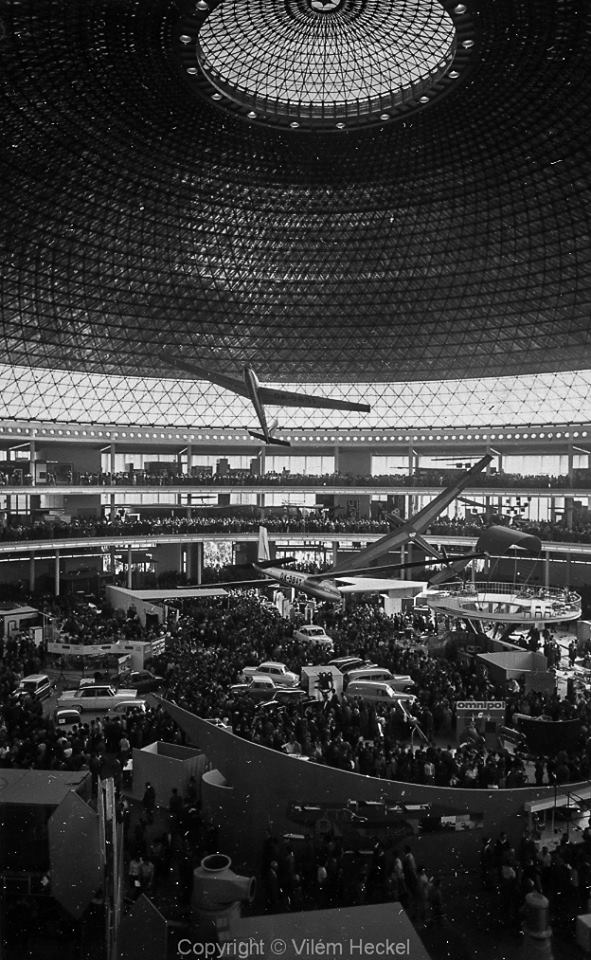
Agricultural machinery regaled their skills directly on the periphery of the exhibition.
Can you believe that during the event nearly two million people attended the show from across the country – all arriving by special trains and bus lines?
Incredible. But it was seeing the future after all…
But perhaps the greatest thing about this is that we can now travel back to the future because of the wonderful photographs of Vilém Heckel who was on site.
Vilém Heckel (May 21, 1918 – May 31, 1970) was a Czech photographer. He devoted himself mainly to landscape photography, with a special focus on the photography of mountains – mountains he loved to explore. In 1970, he died tragically at Huascarán, Peru during an avalanche.
Vilém Heckel was one of the founders of the genre of industrial and promotional photography in Czechoslovakia.
Most Czechs have no idea he was also a popular commercial photographer.
Thankfully, we have his photographs to remember this incredible event.
Sources: Forgotten Fiberglass, Wikipedia, Vilém Heckel, Czech CZ, Odborne Casopisy, Technet i Dnes.
Thank you for your support – We appreciate you more than you know!
We know that you could spend hours, days, weeks and months finding some of this information yourselves – but at this website, we curate the best of what we find for you and place it easily and conveniently into one place. Please take a moment today to recognize our efforts and make a donation towards the operational costs of this site – your support keeps the site alive and keeps us searching for the best of our heritage to bring to you.
Remember, we rely solely on your donations to keep the project going.
Thank you in advance!
If you have not already subscribed to get TresBohemes.com delivered to your inbox, please use the form below now so you never miss another post.

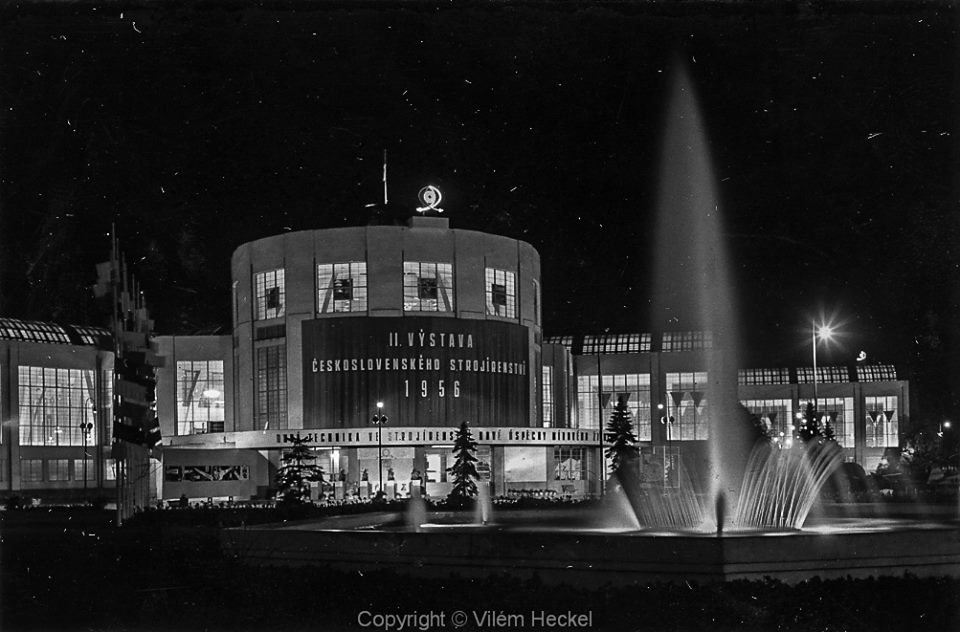
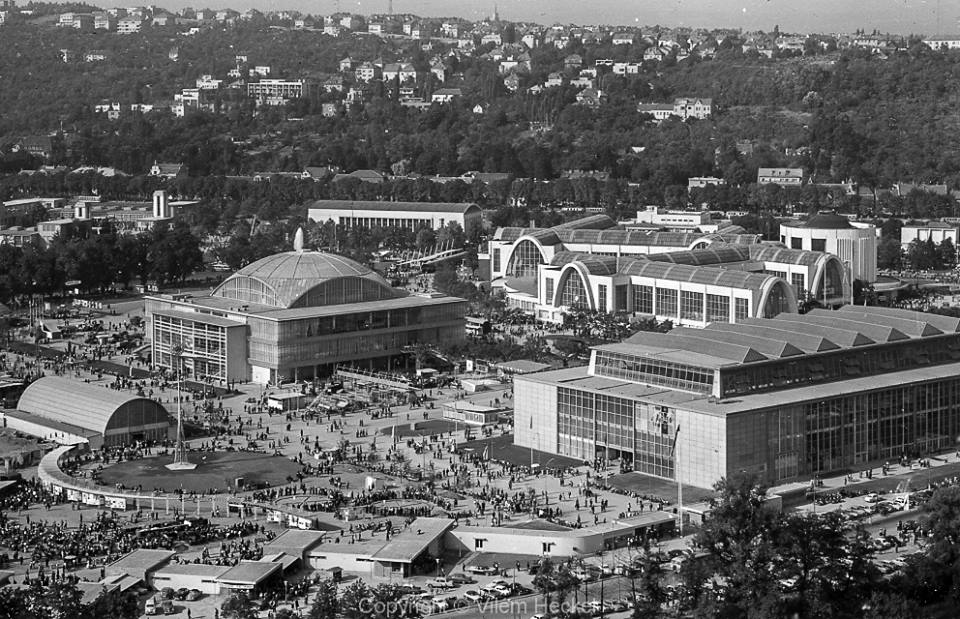
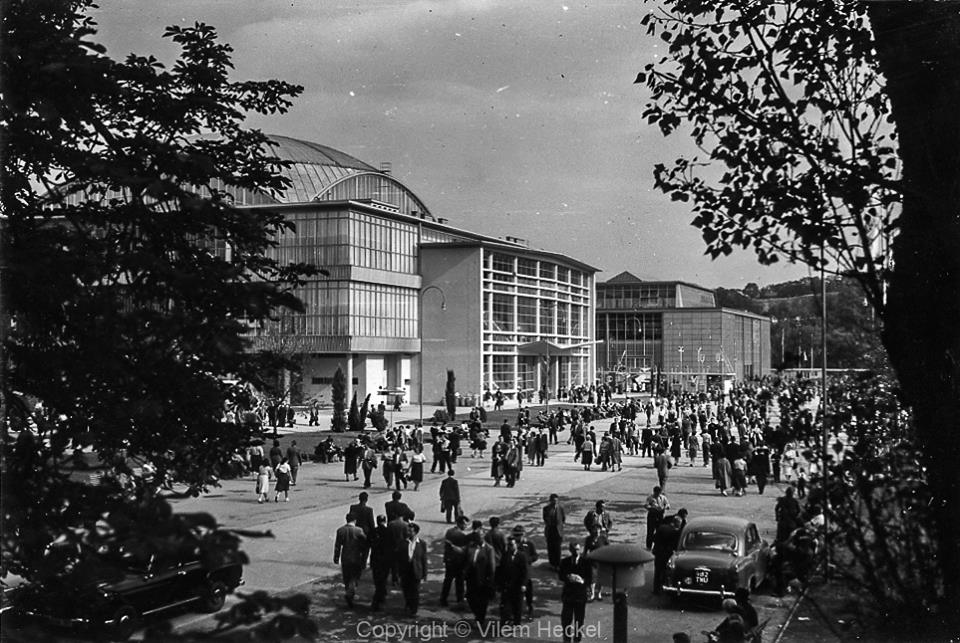
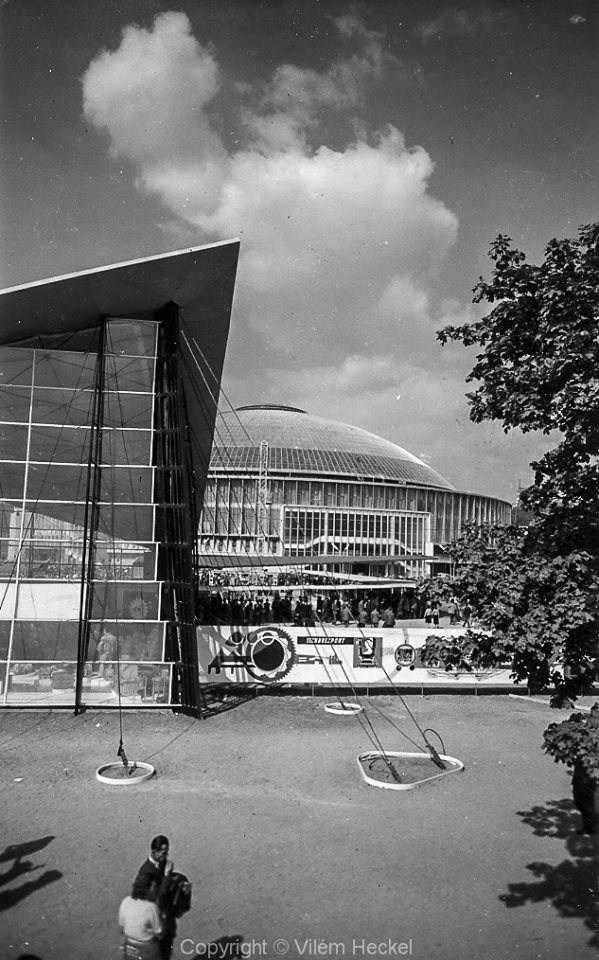
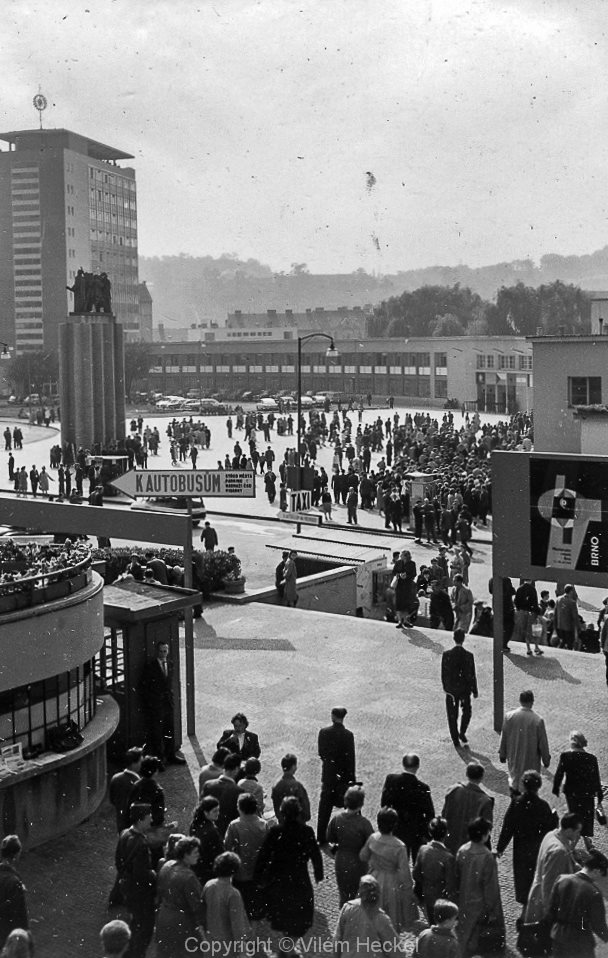
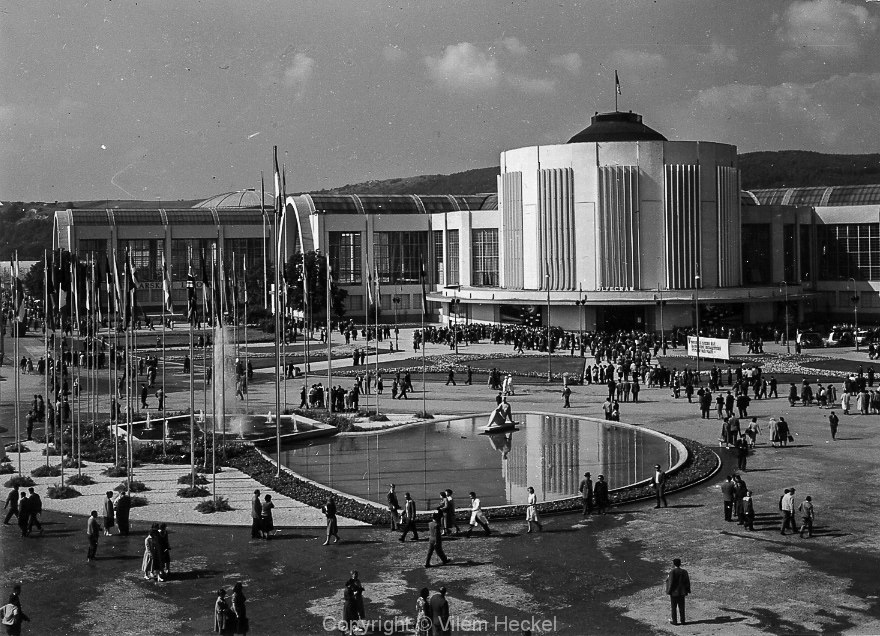
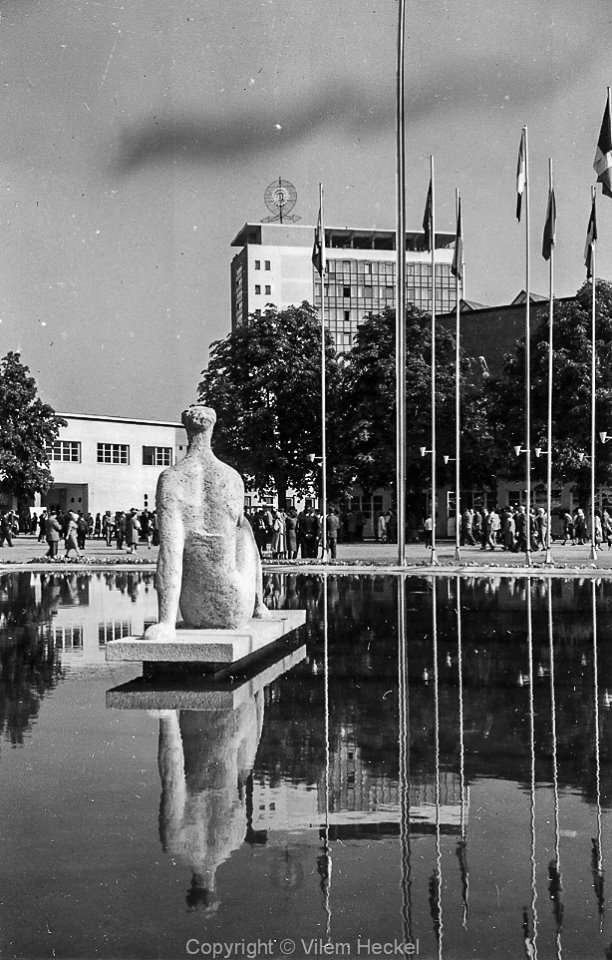
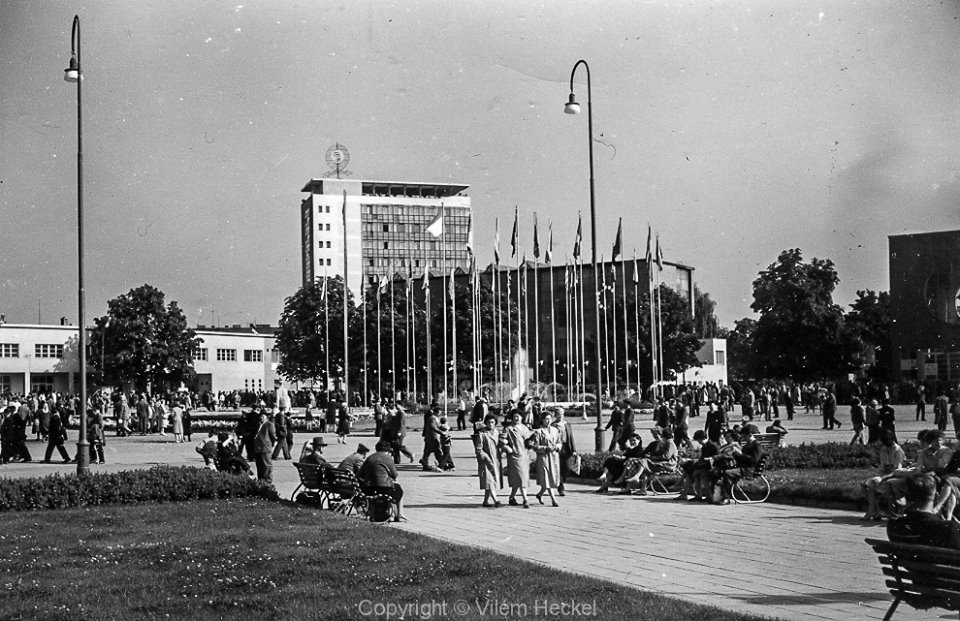
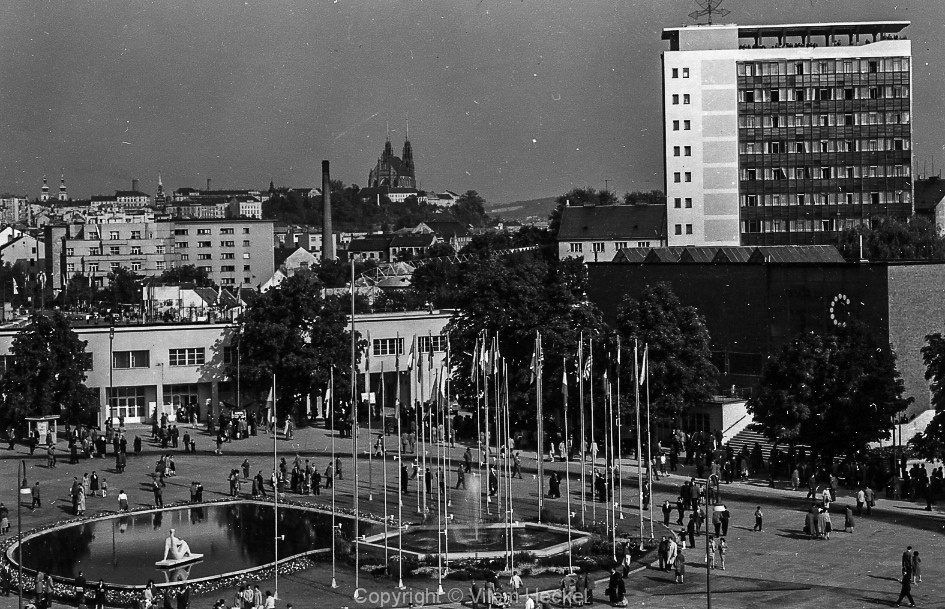
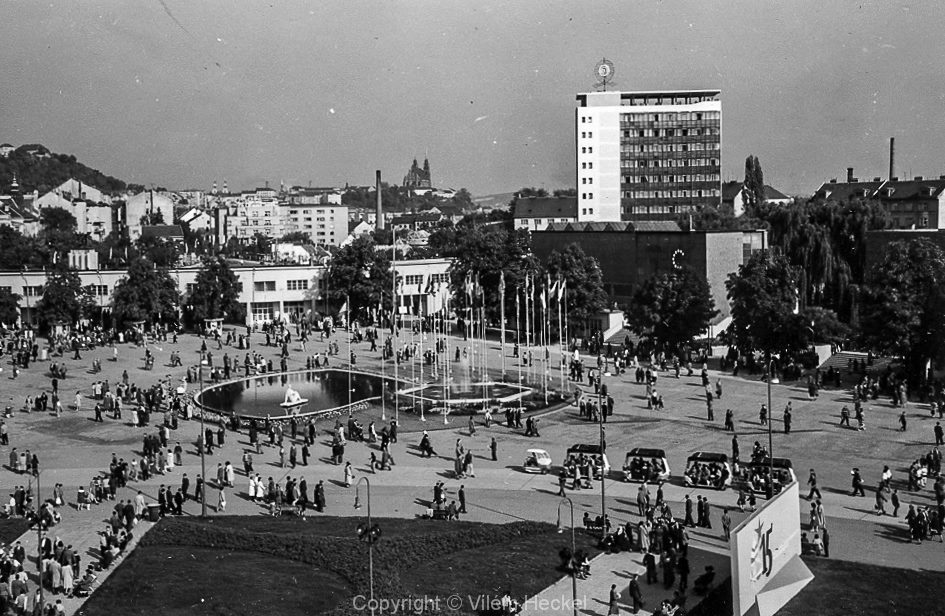
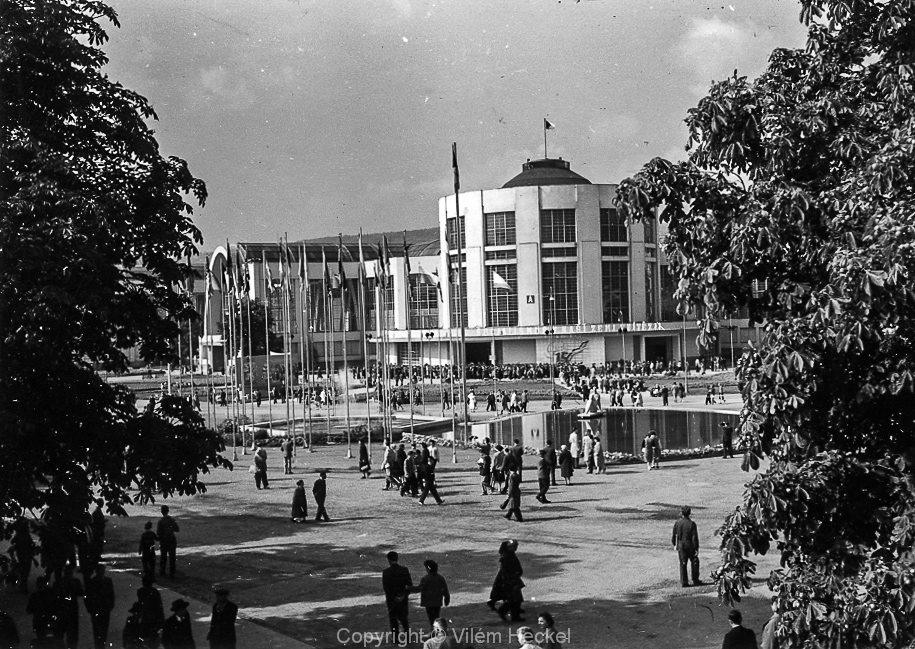
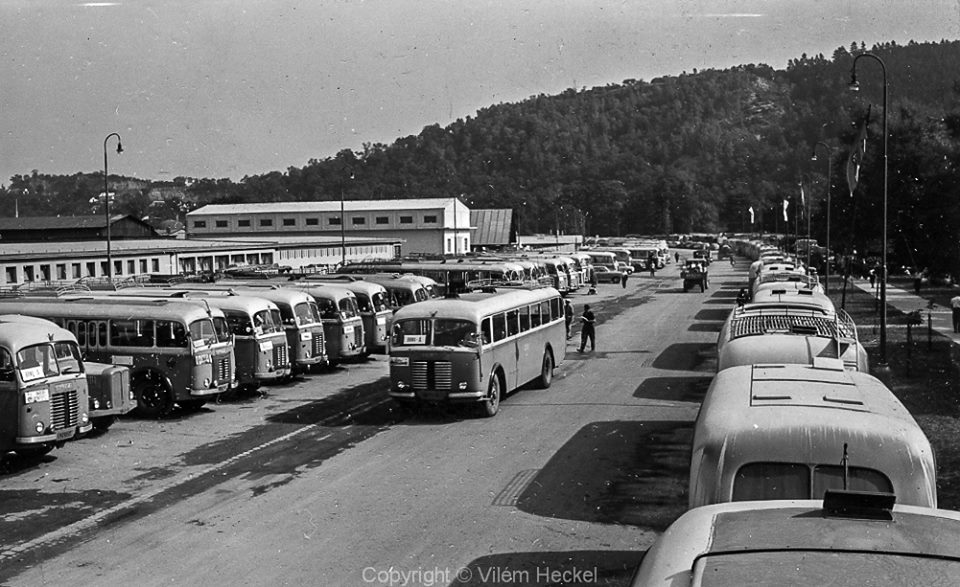
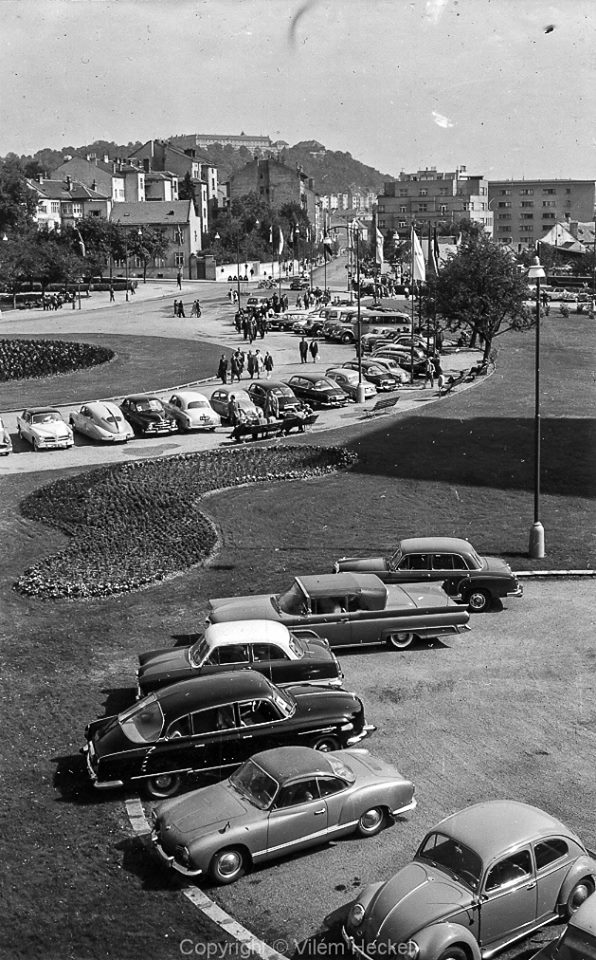
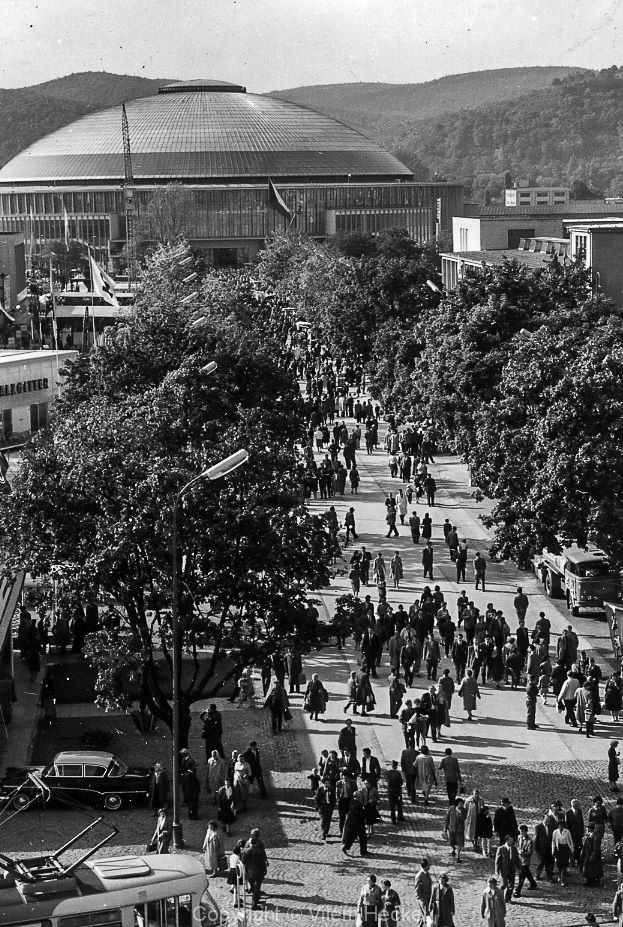
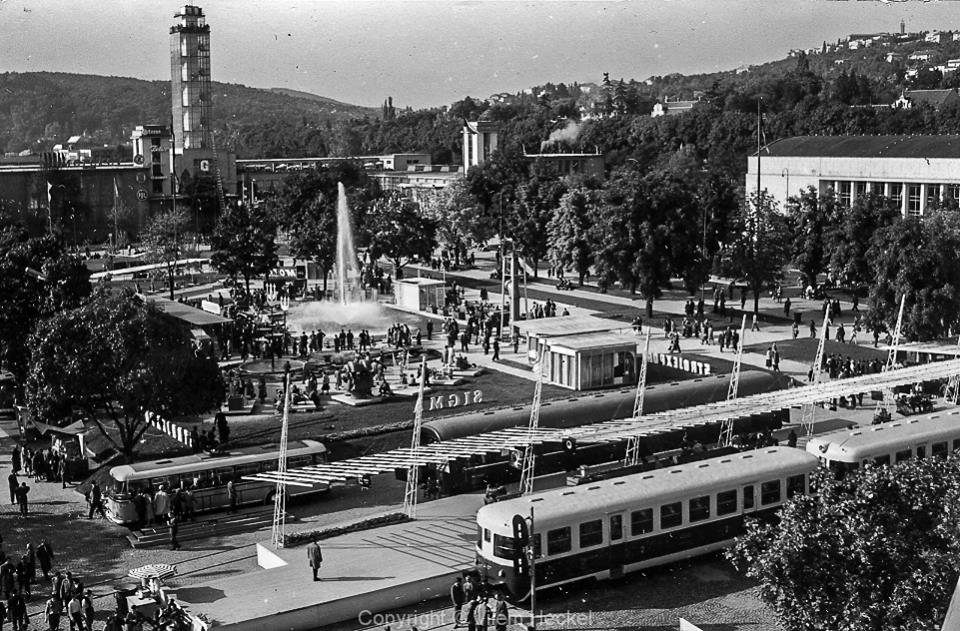
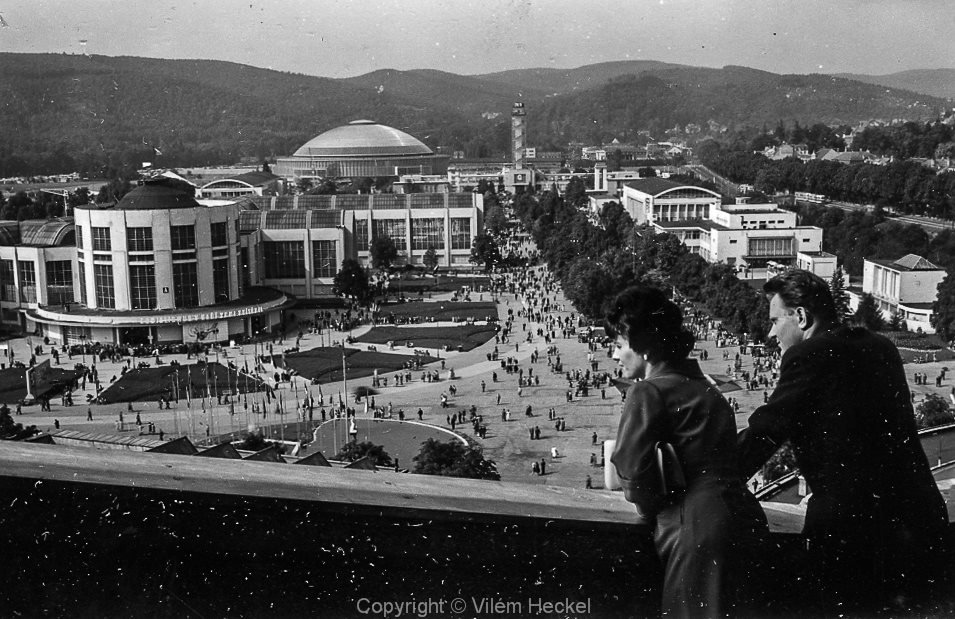
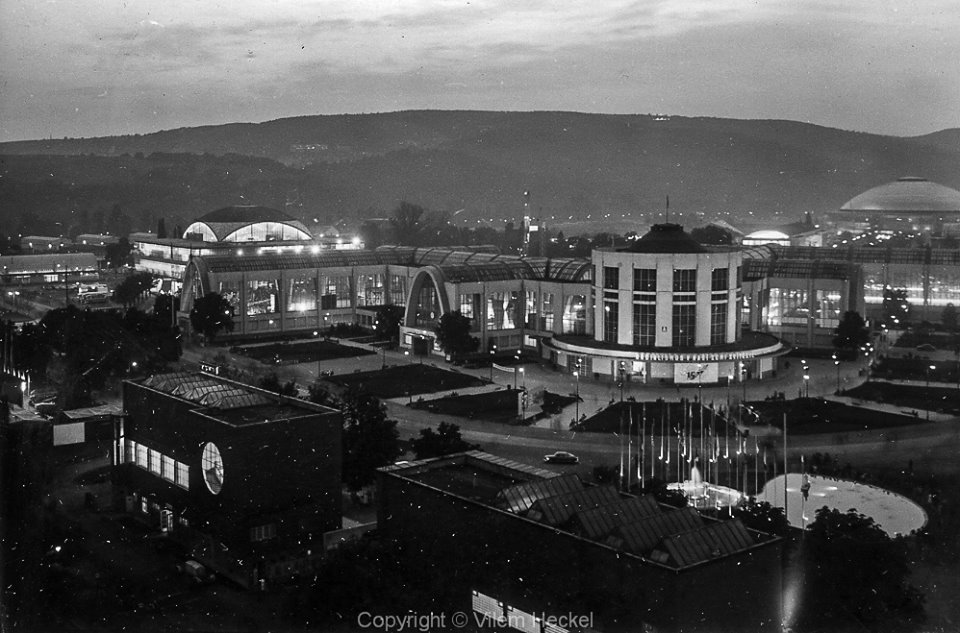
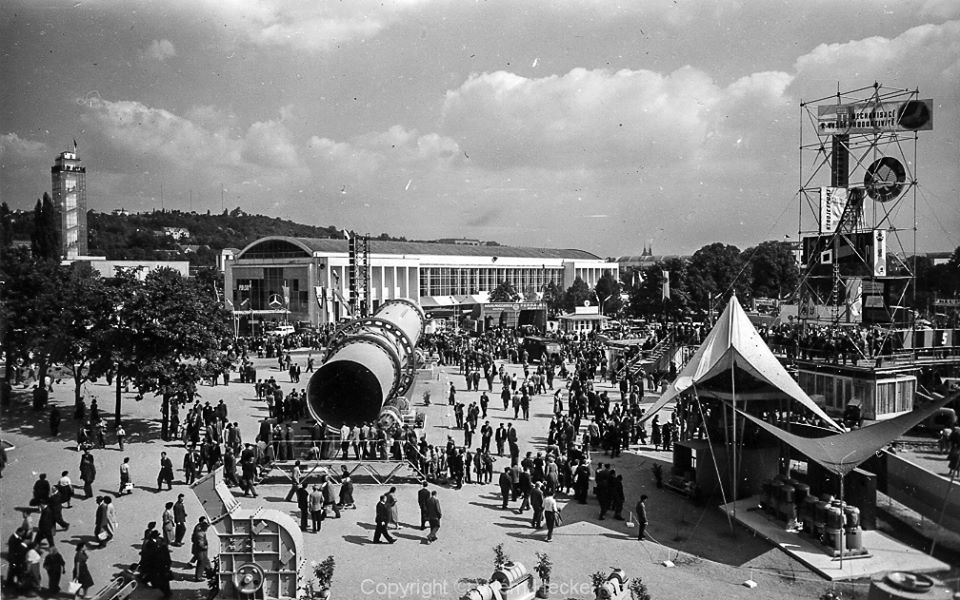
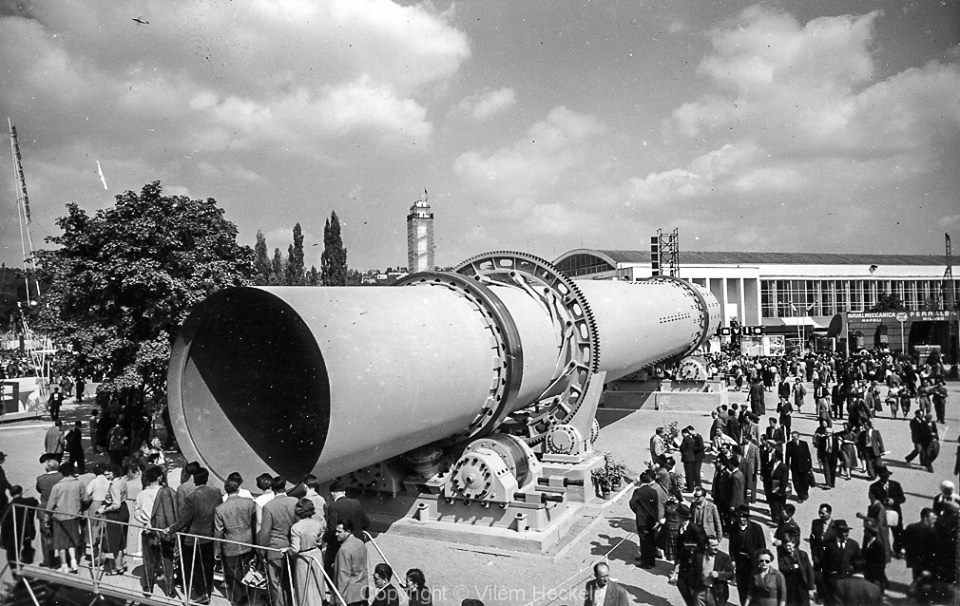
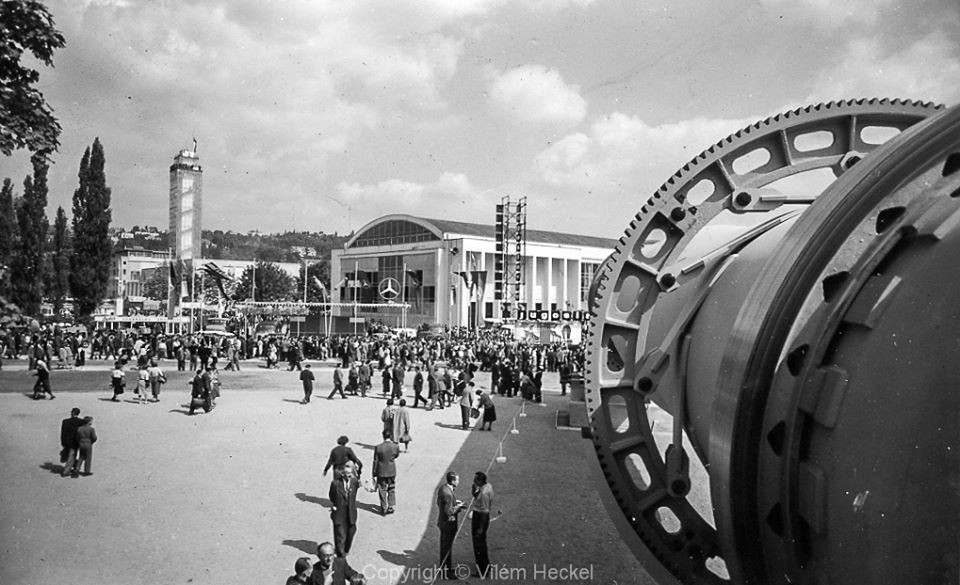
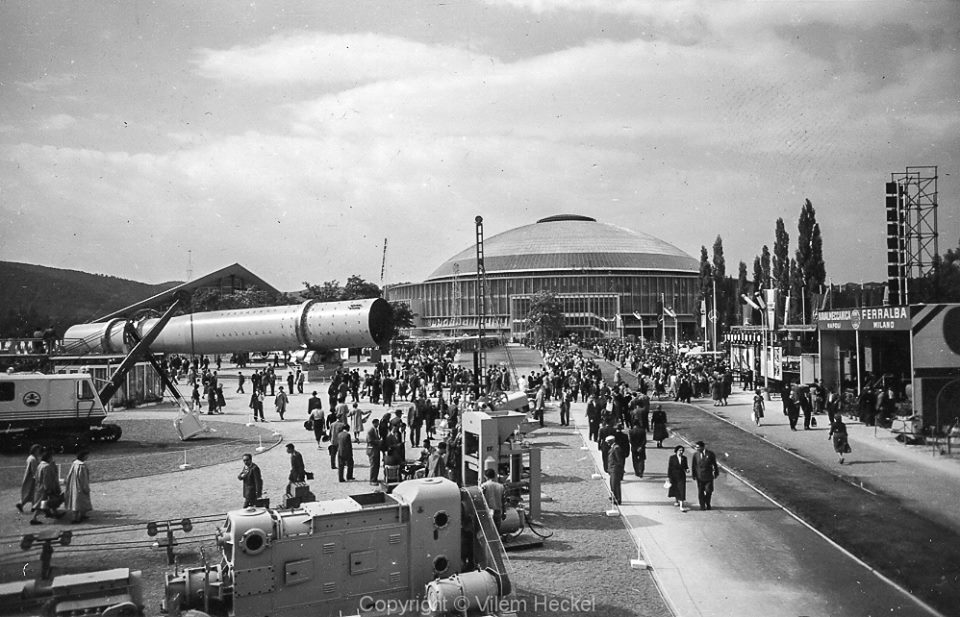
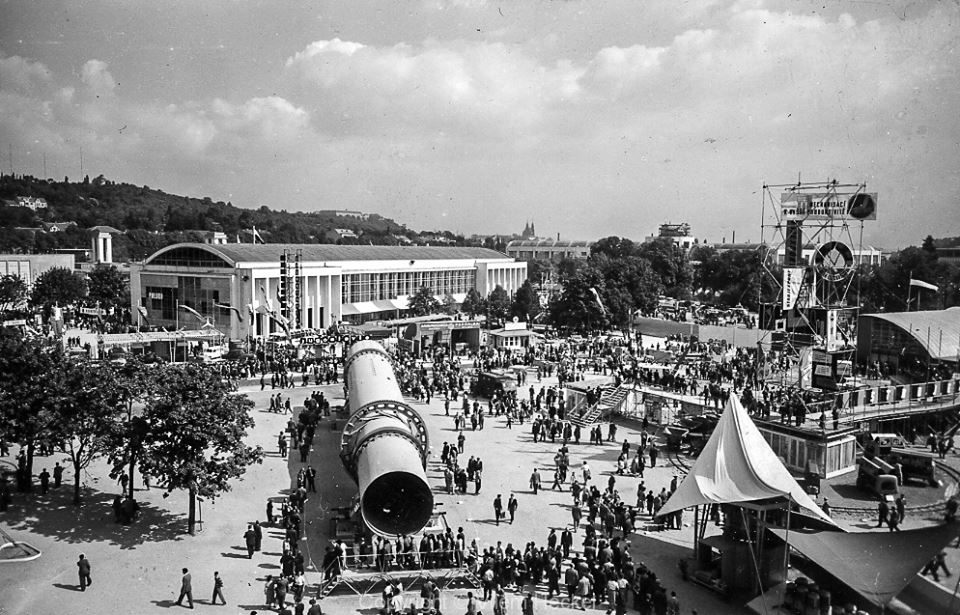
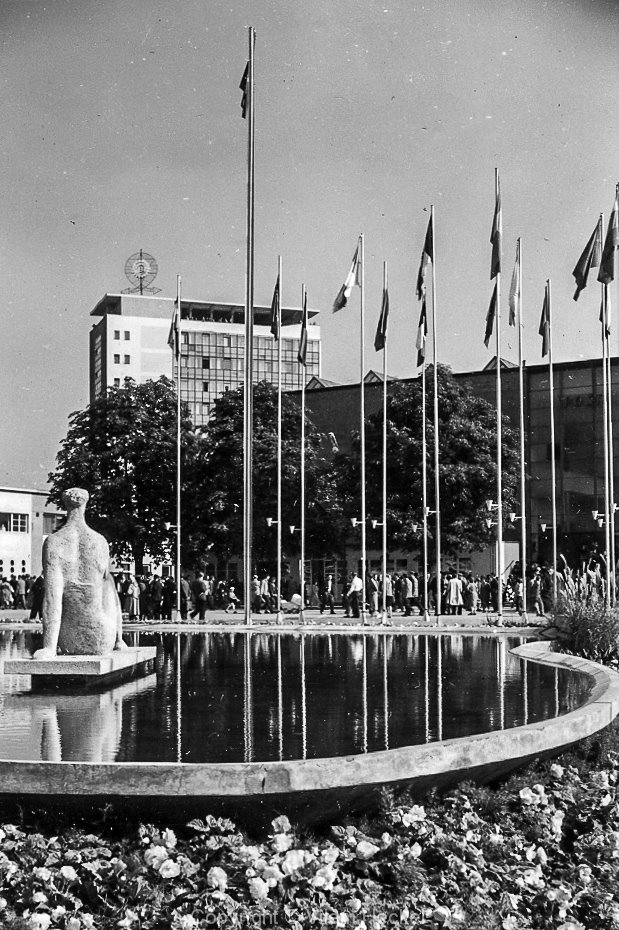
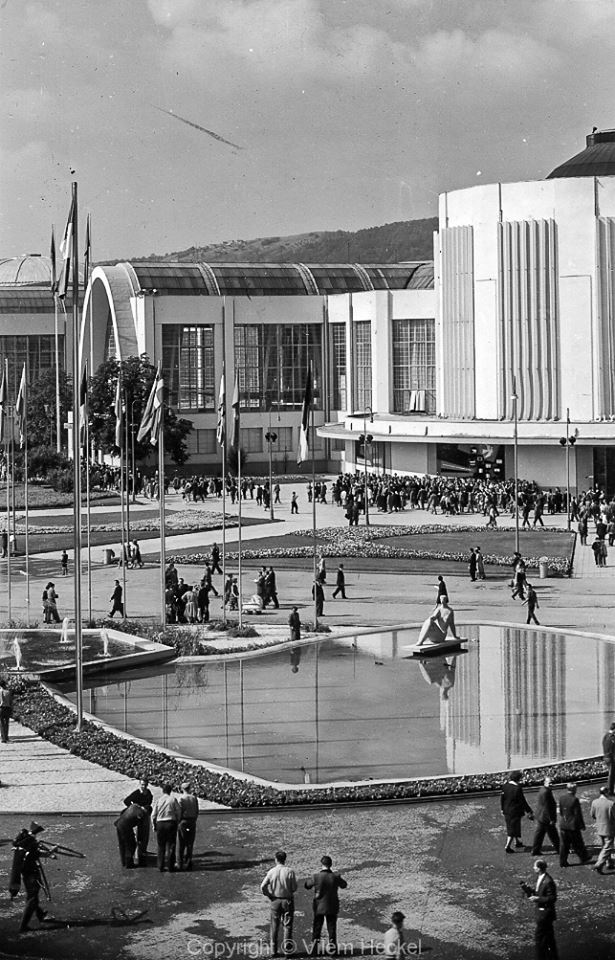
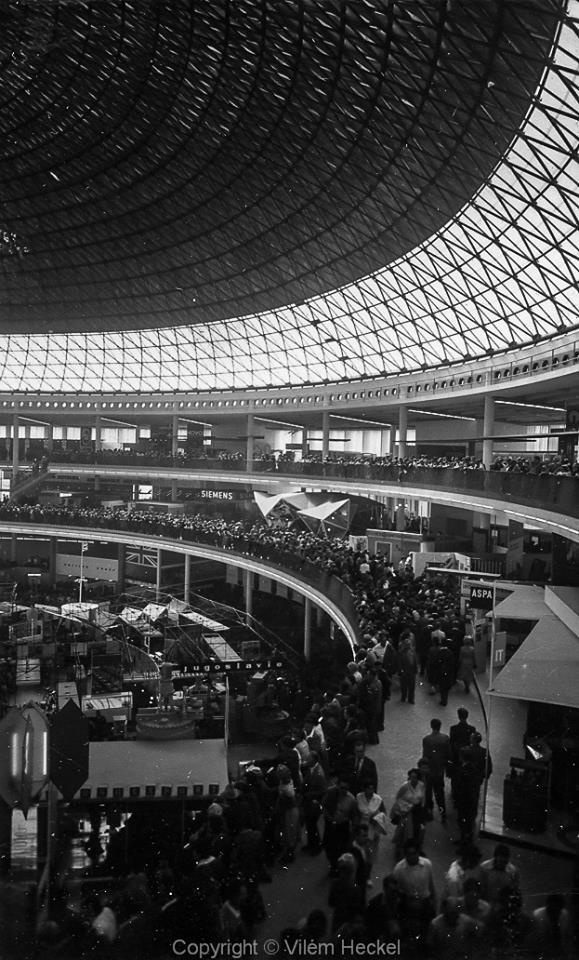
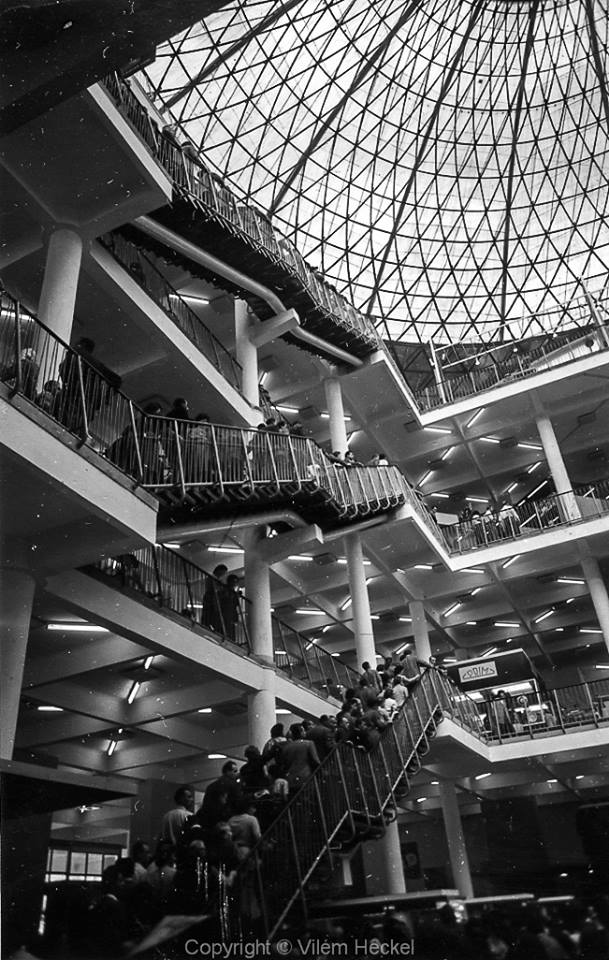
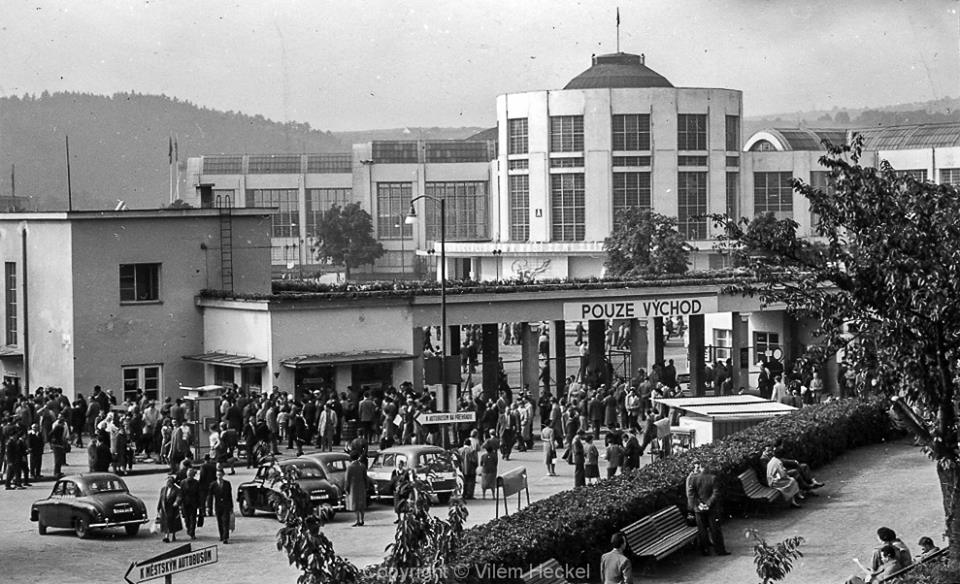
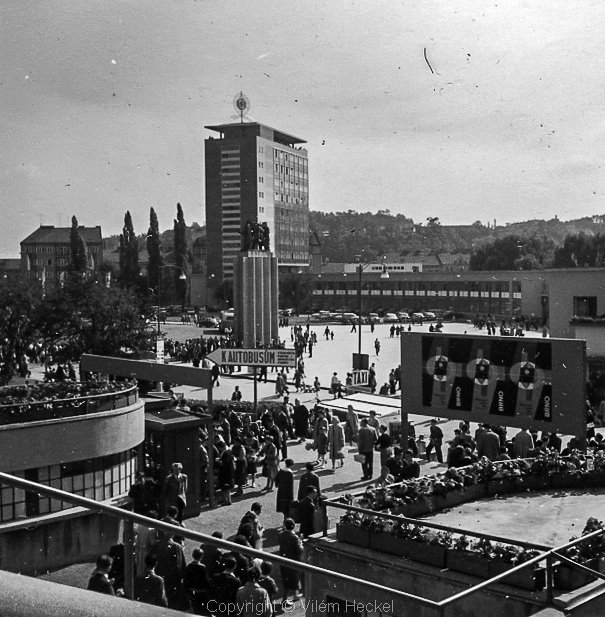
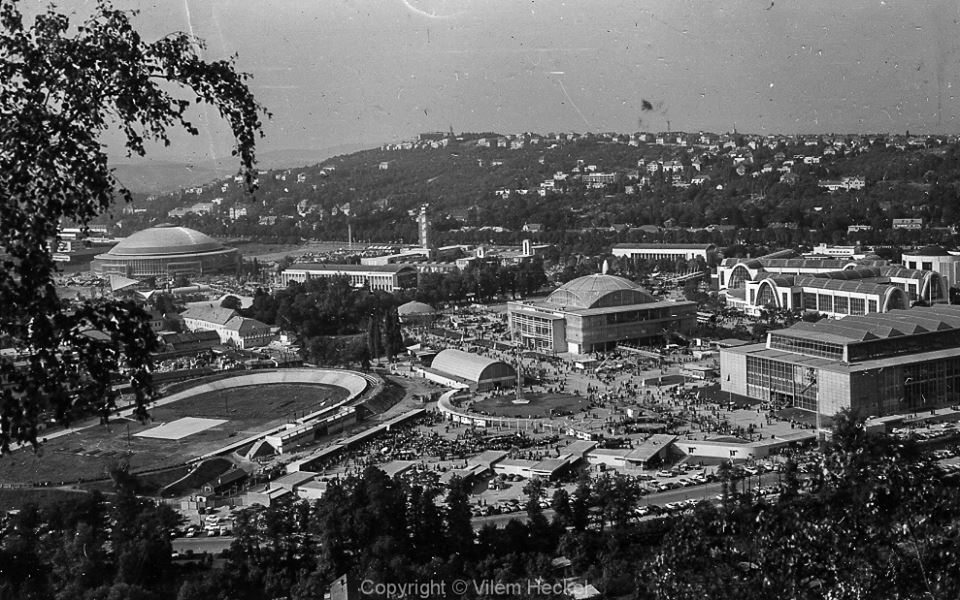
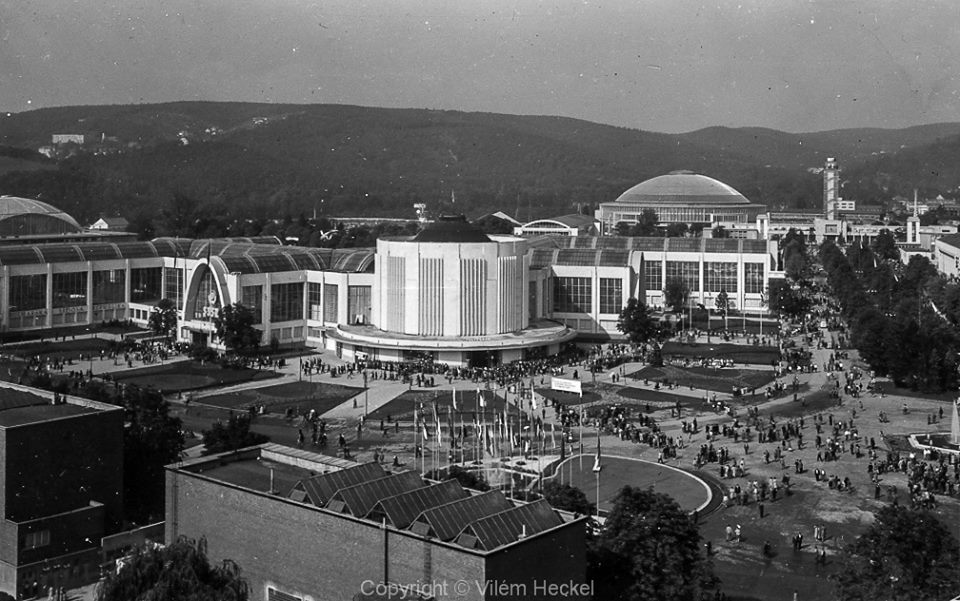
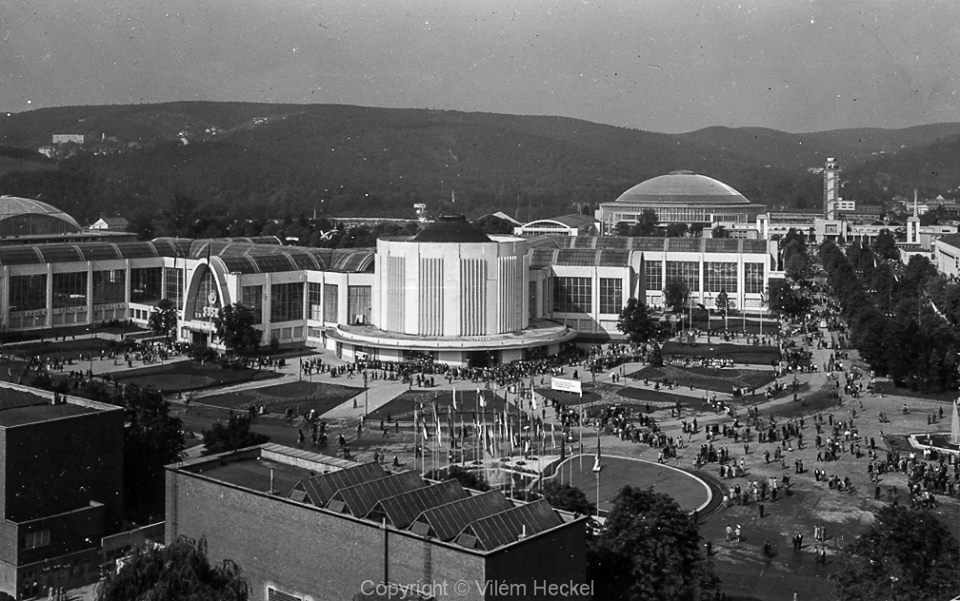
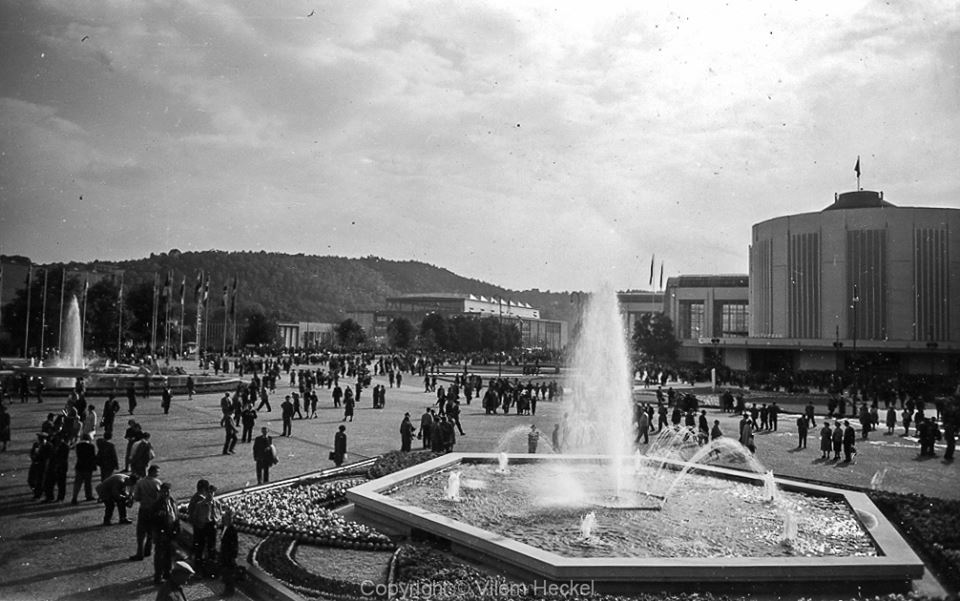
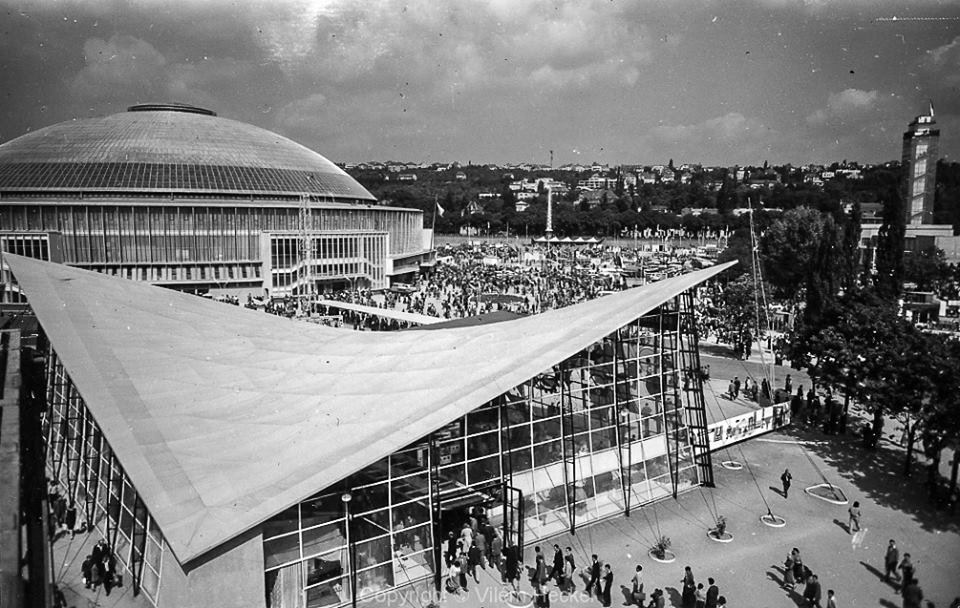
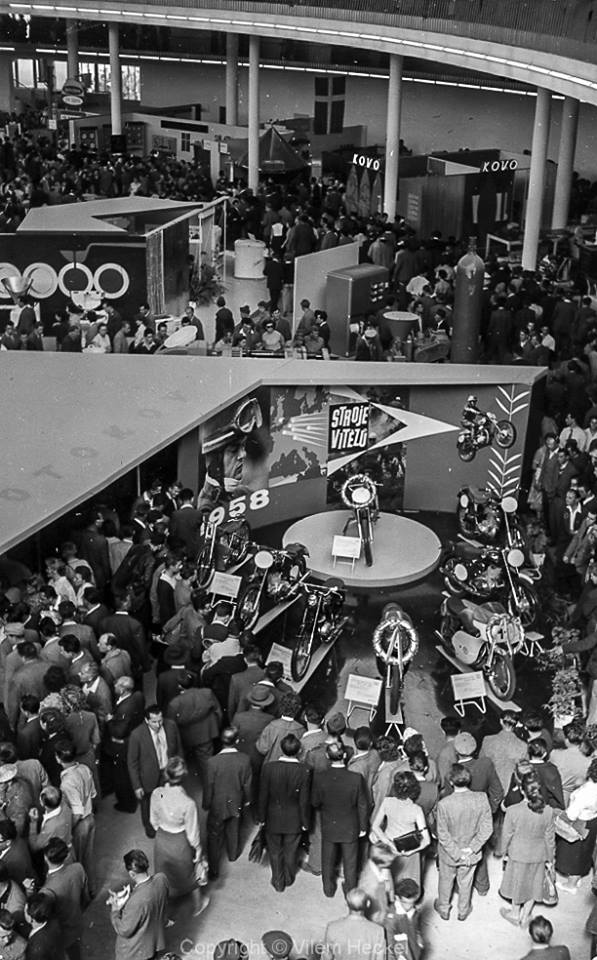
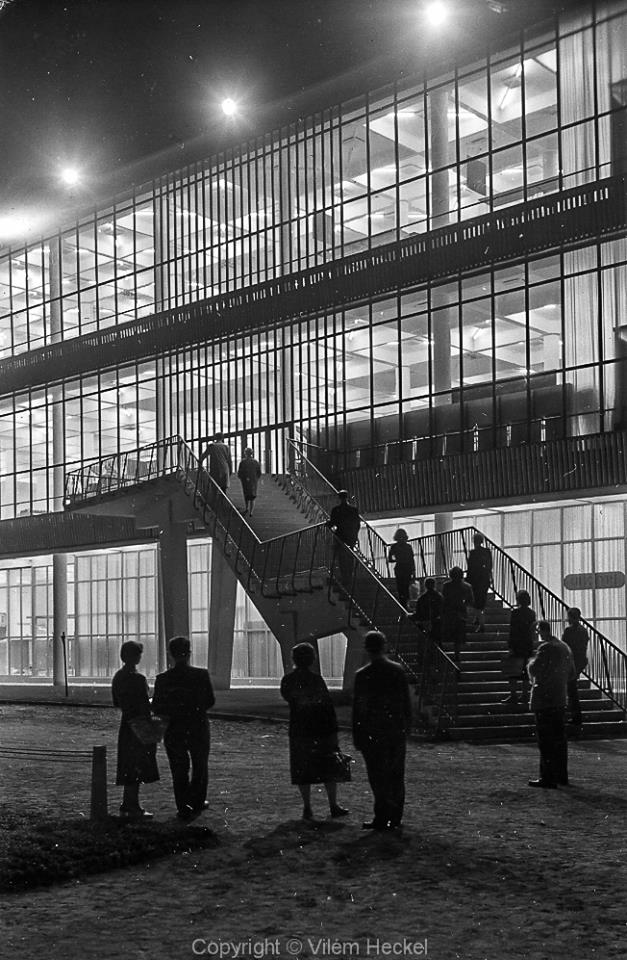
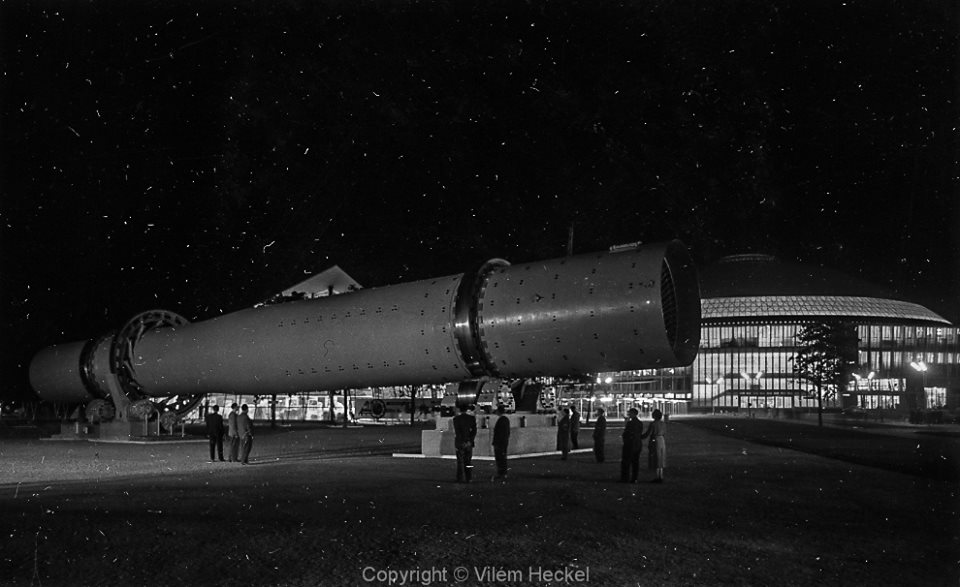
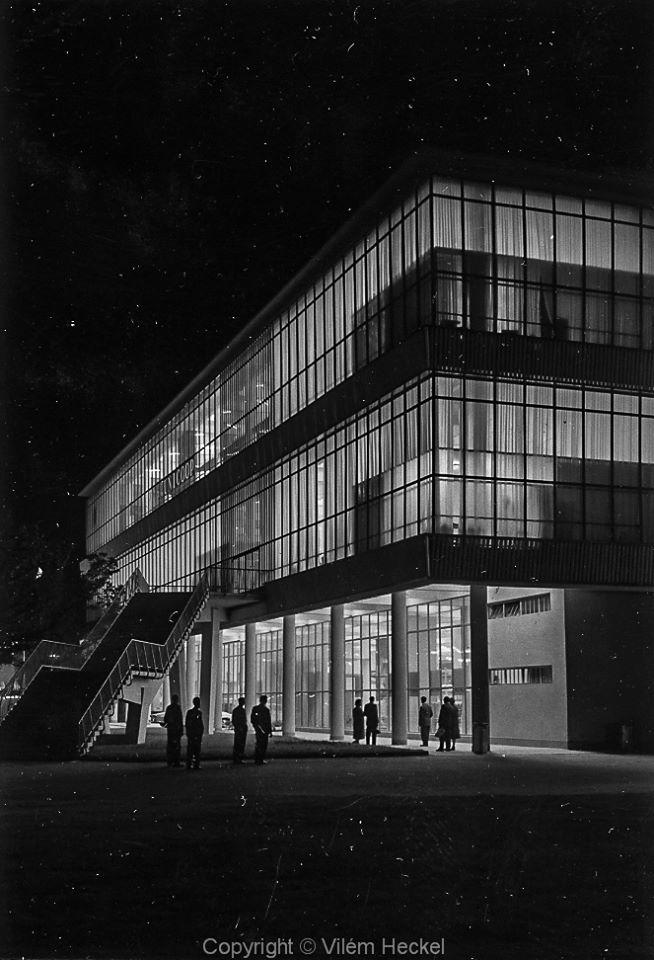
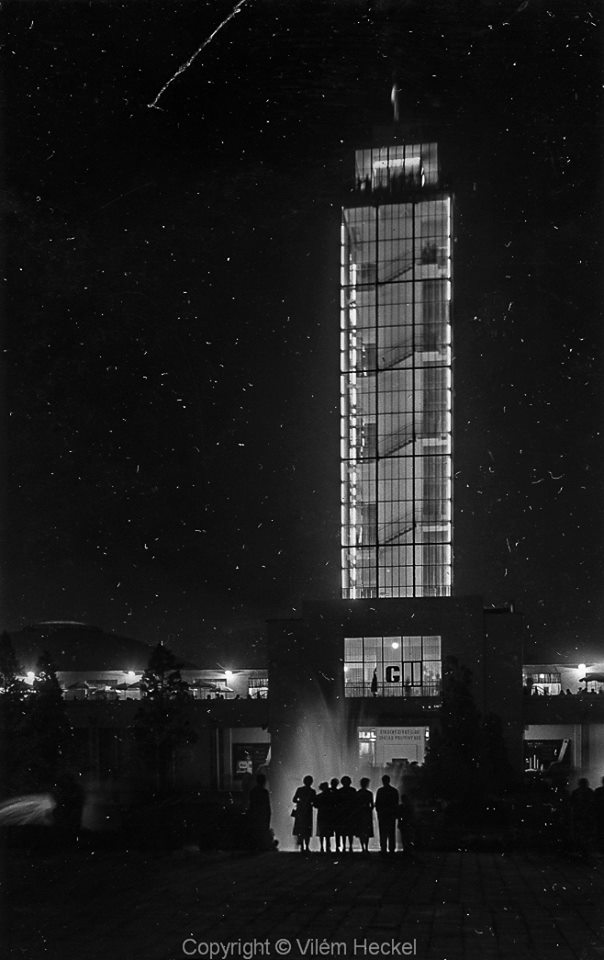
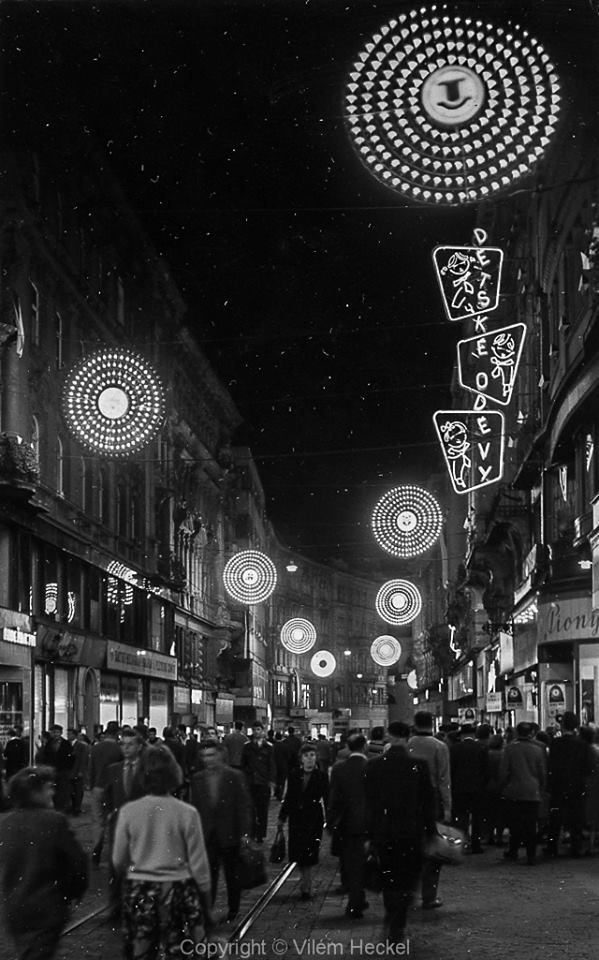
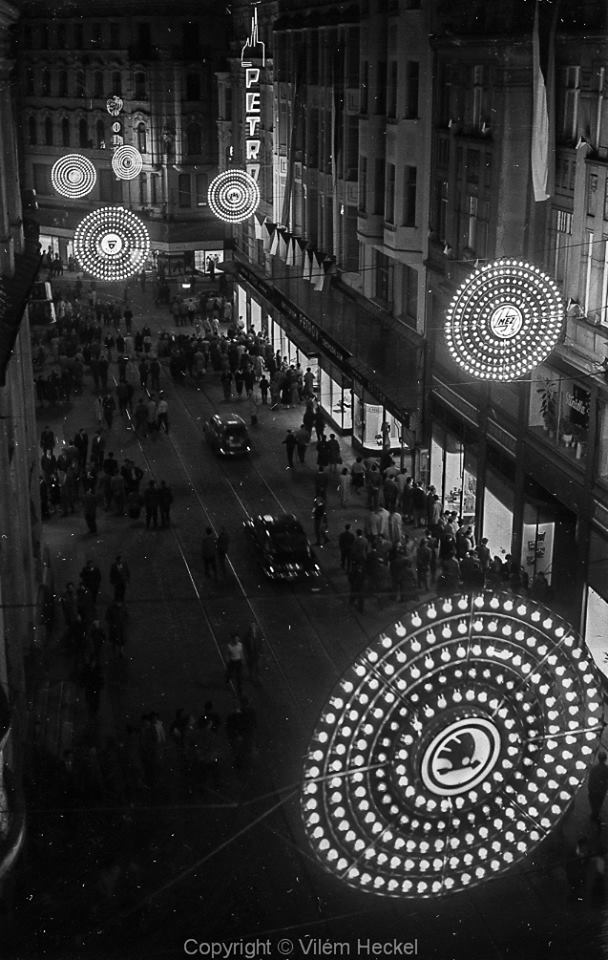
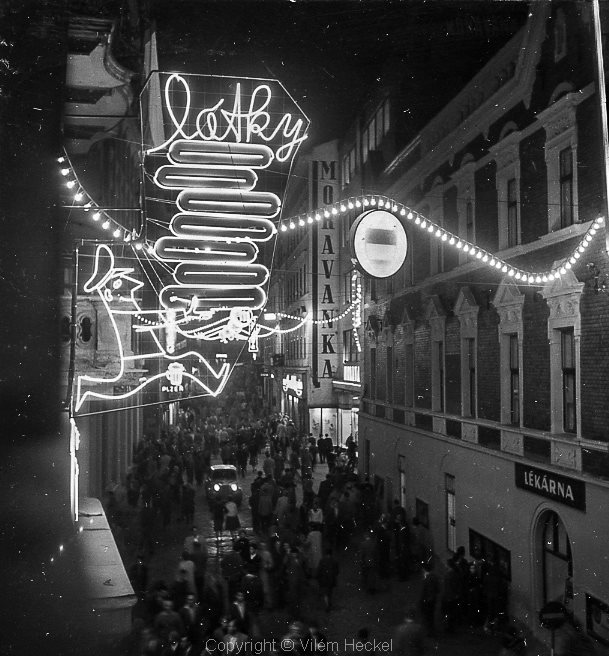
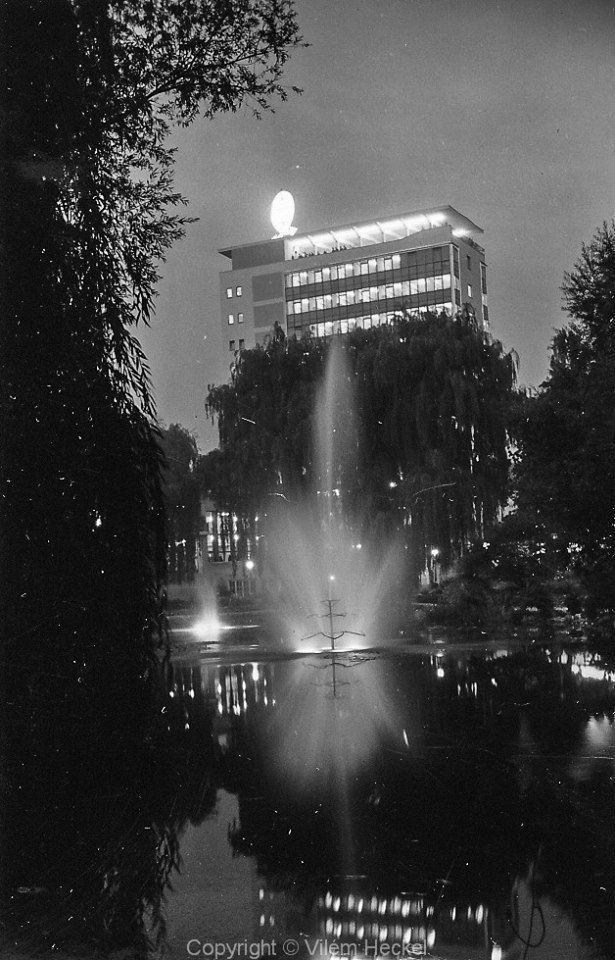
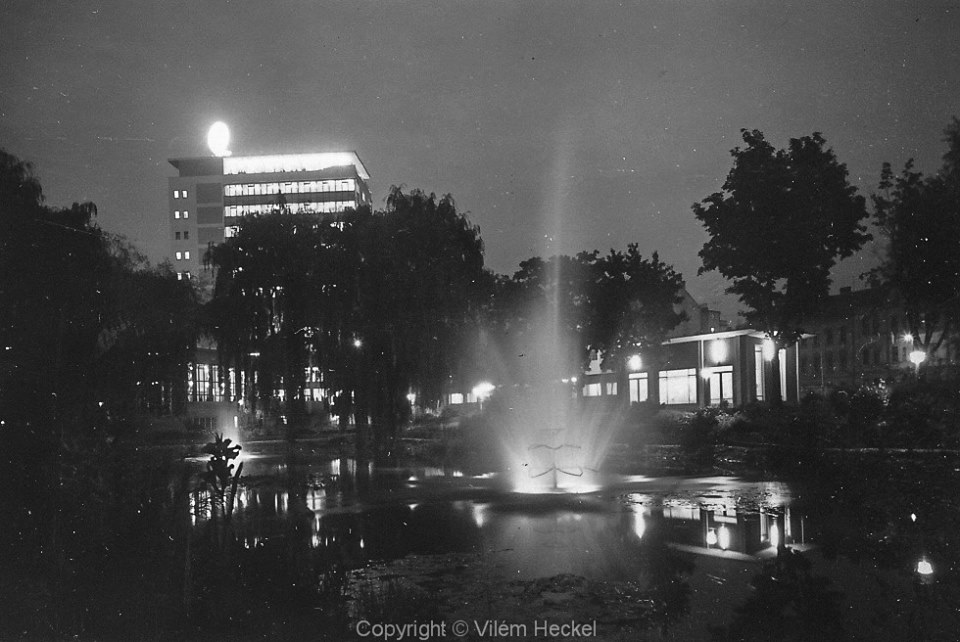
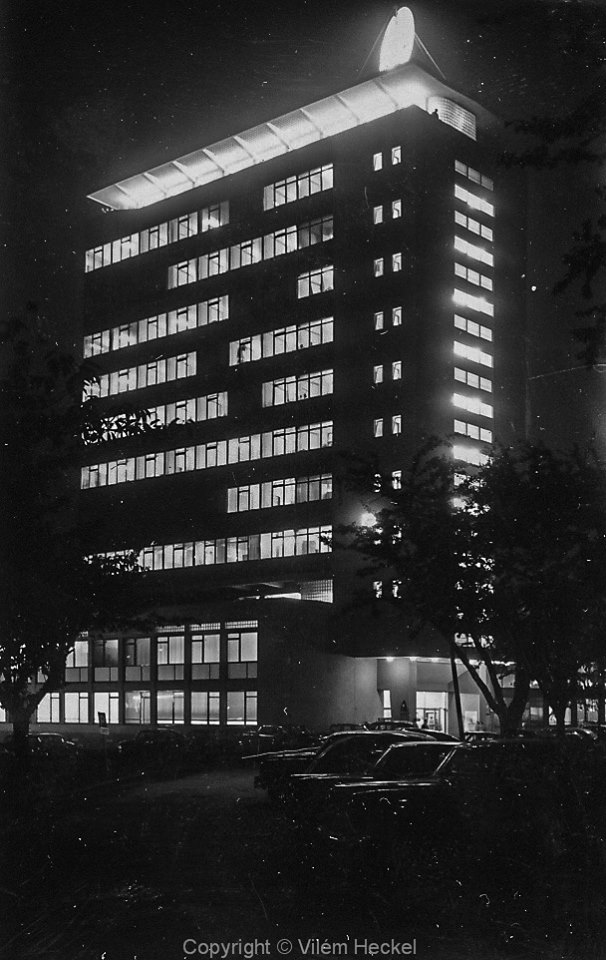
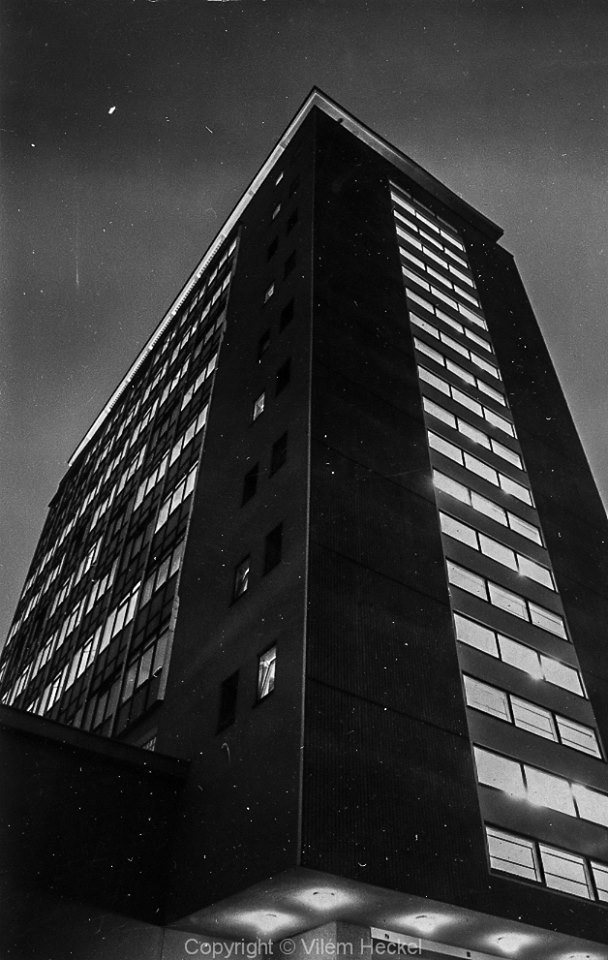
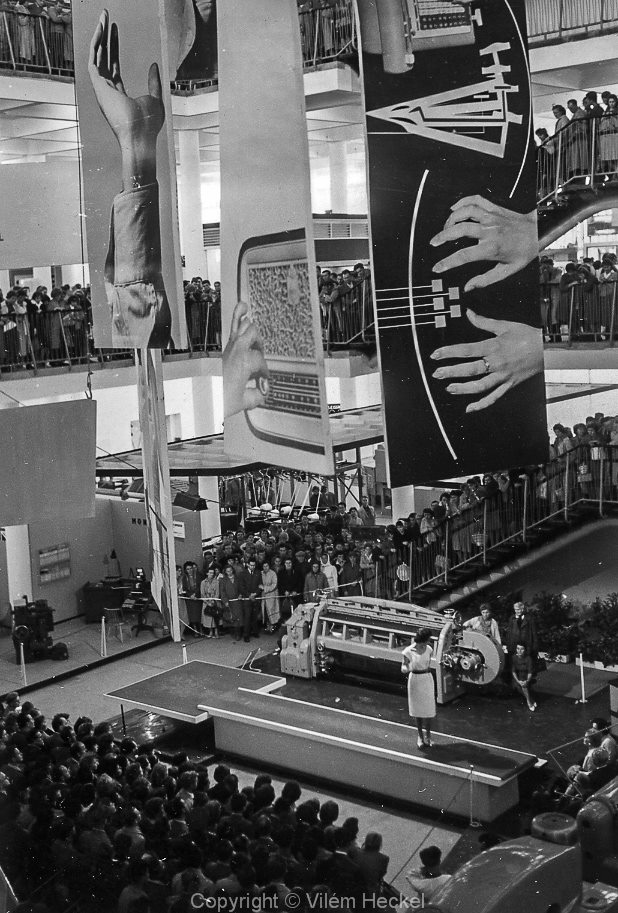
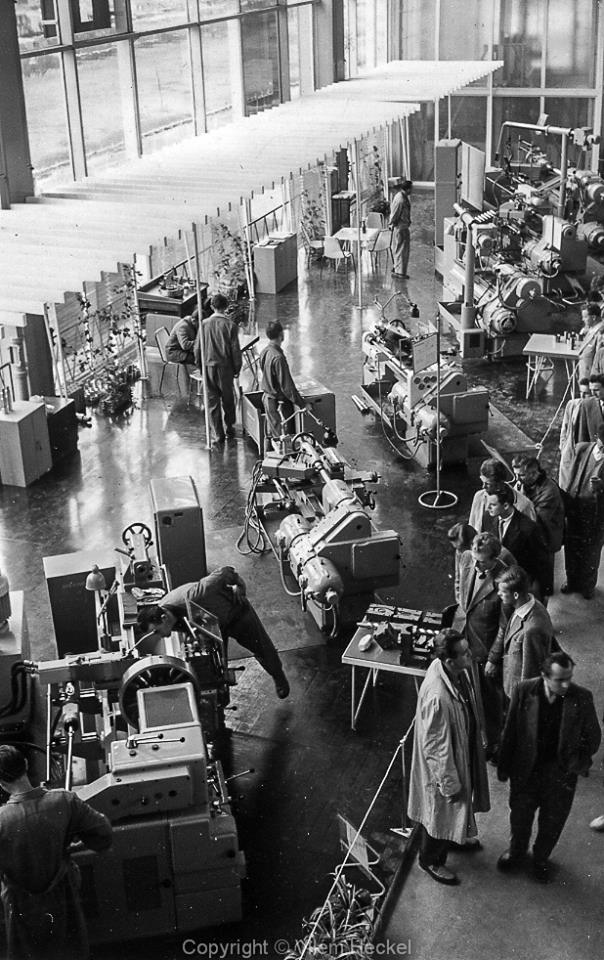
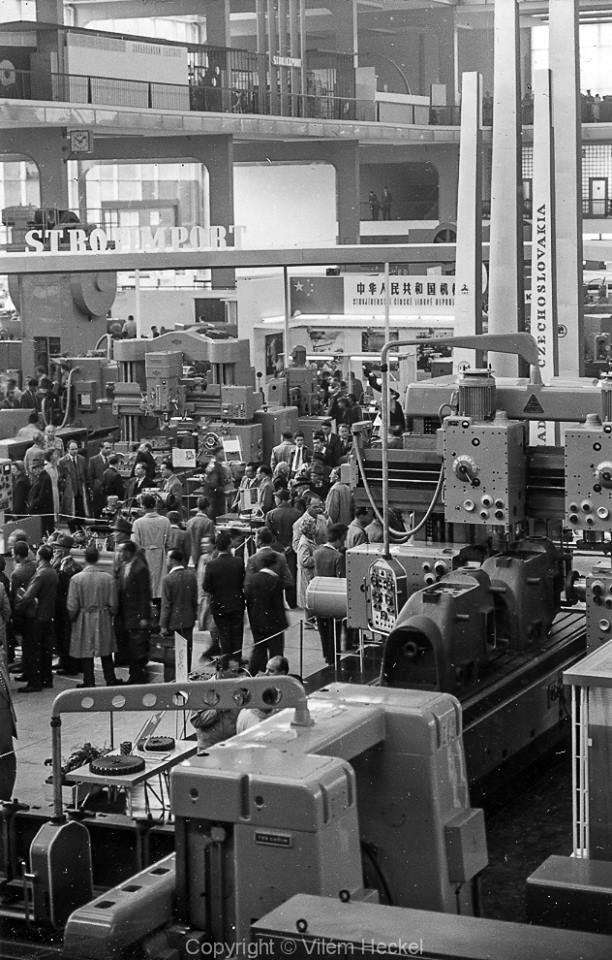
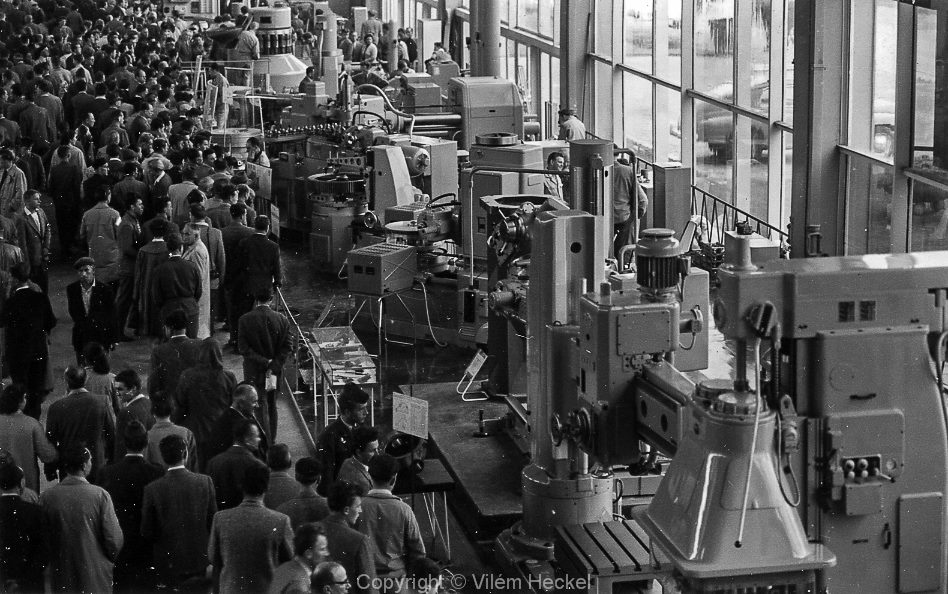
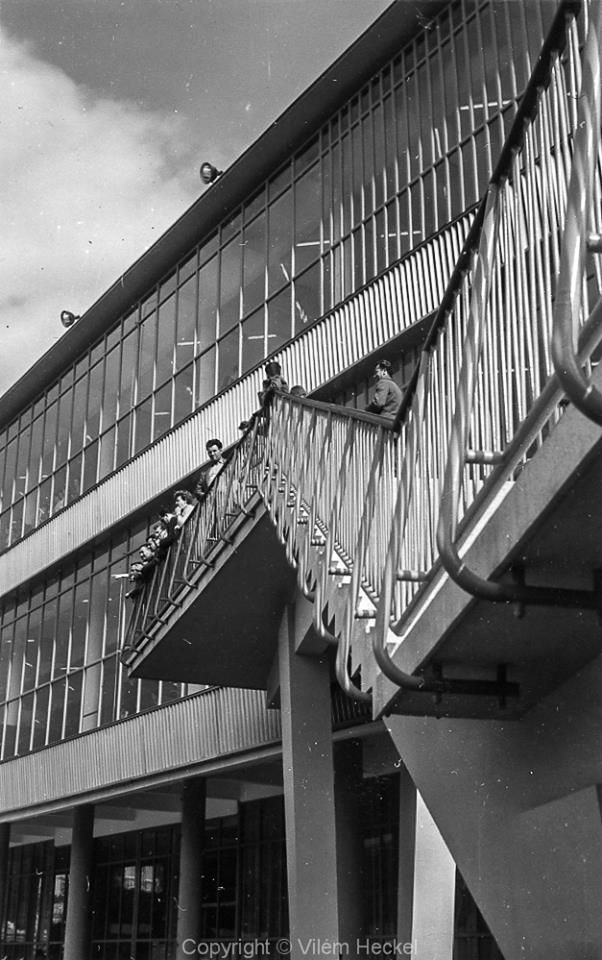
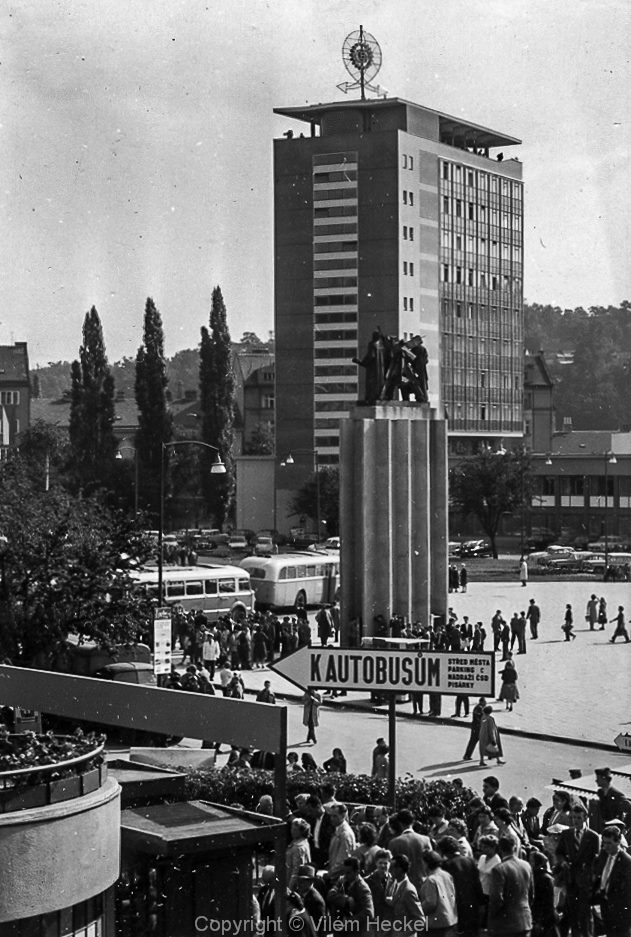
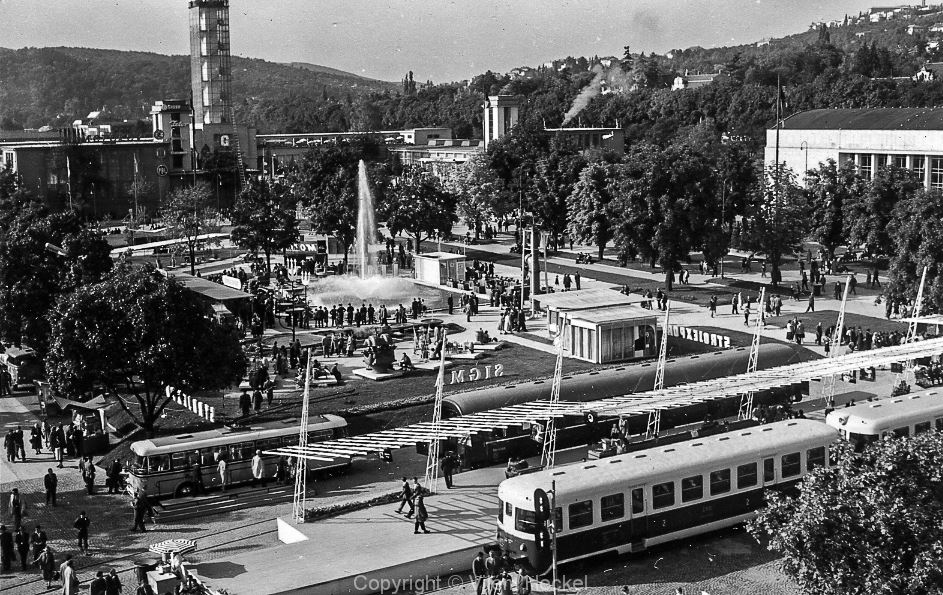
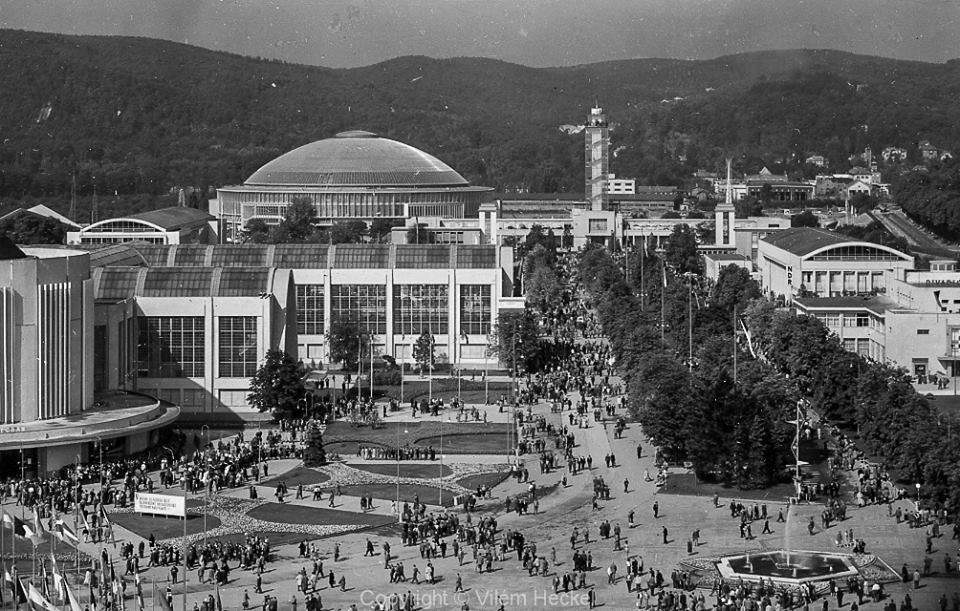
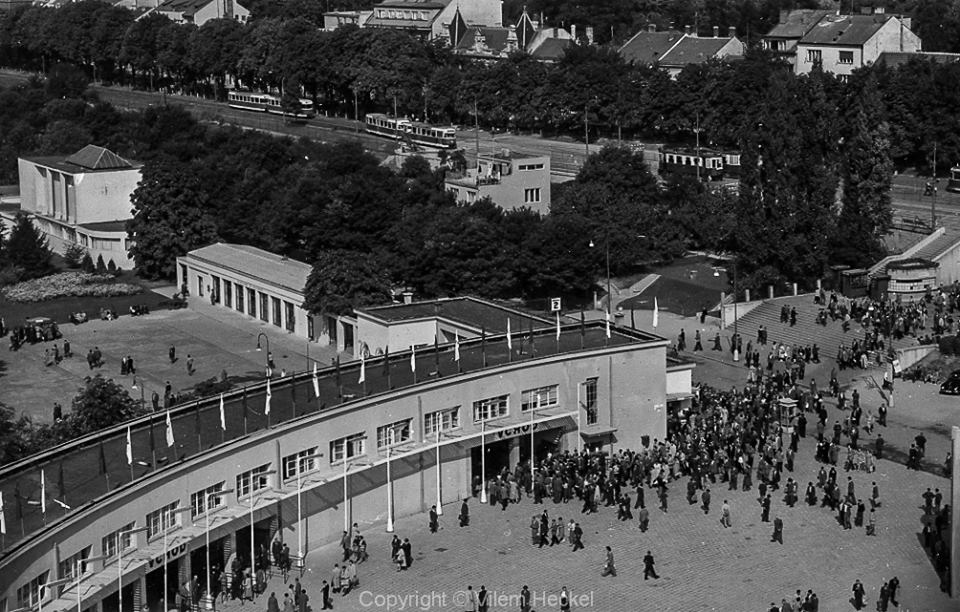
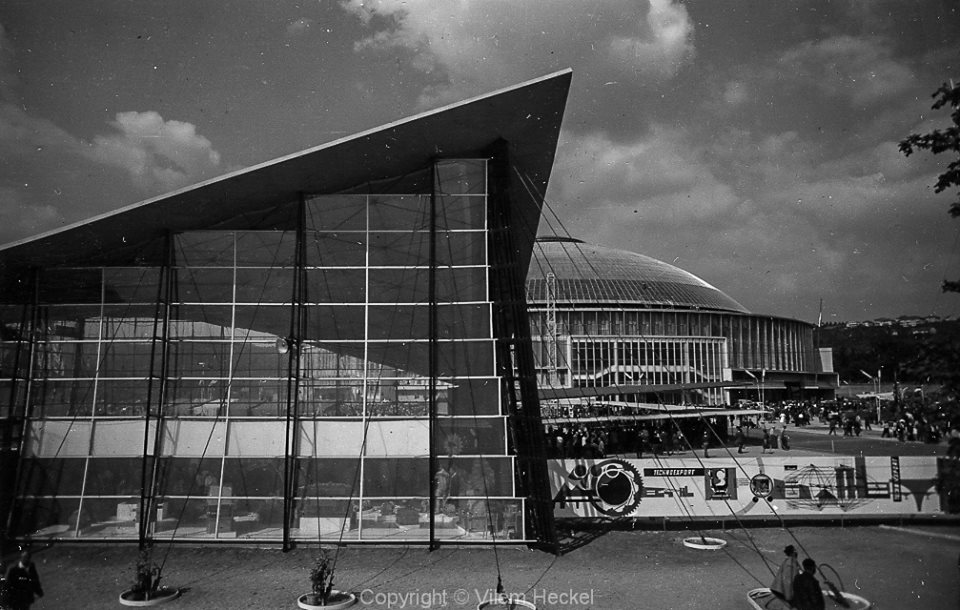
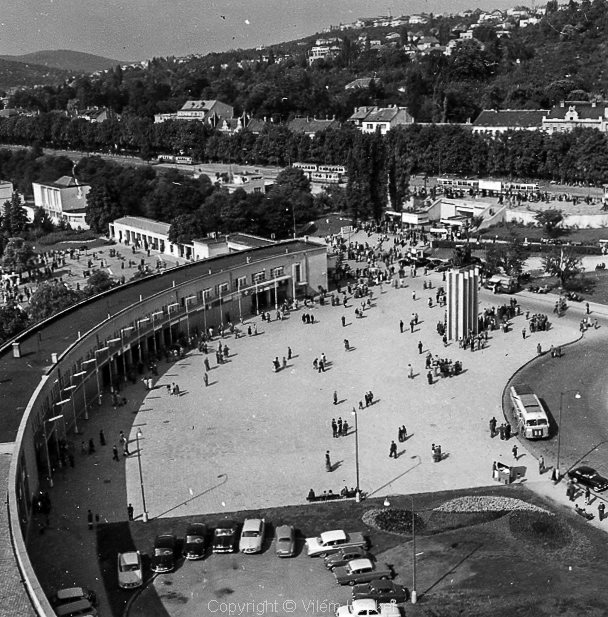
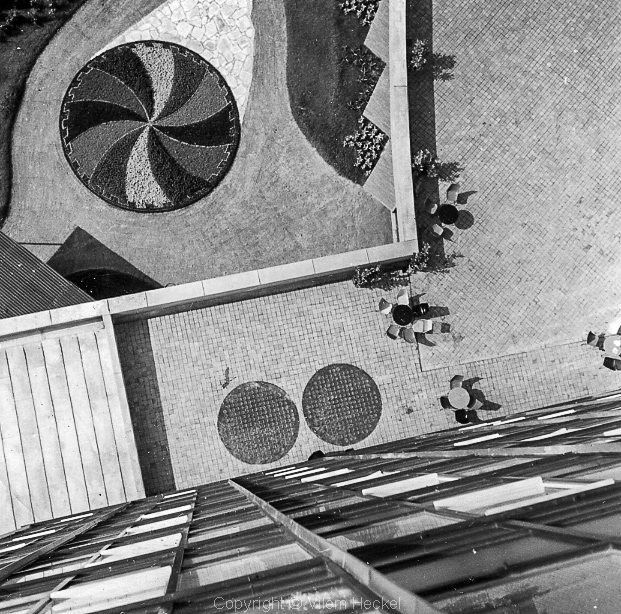
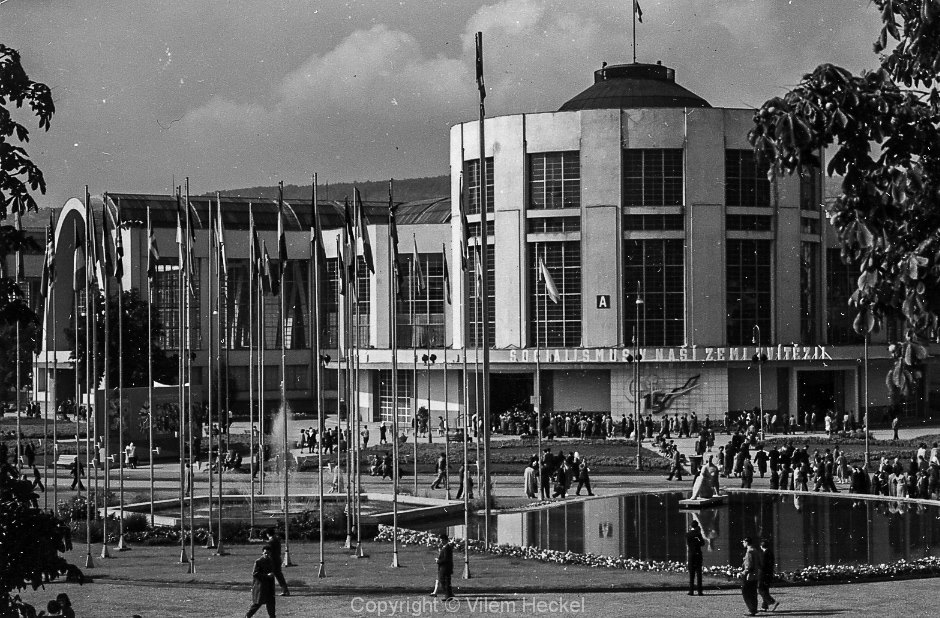
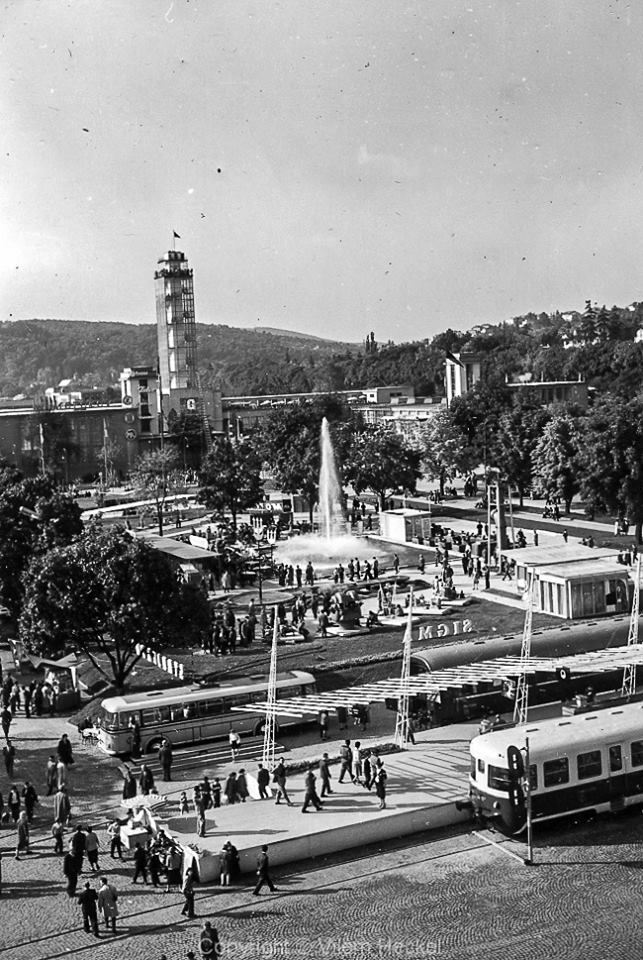
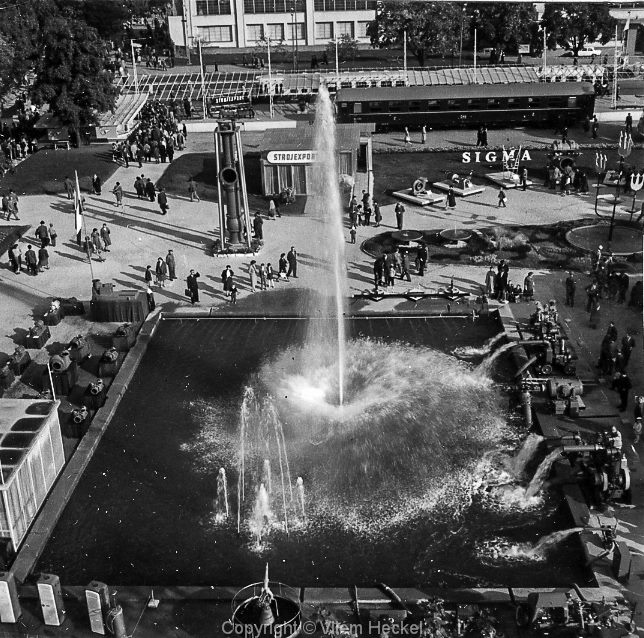
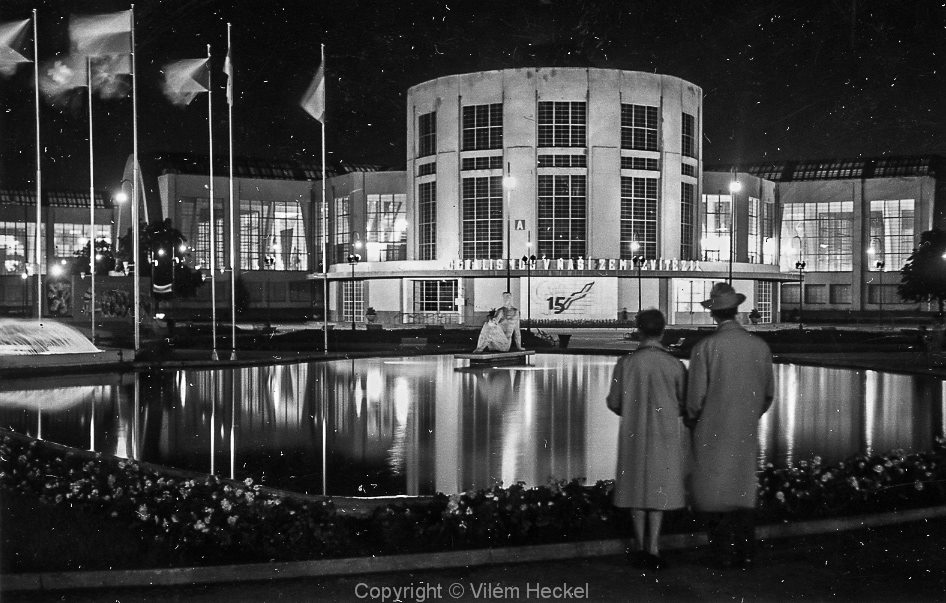
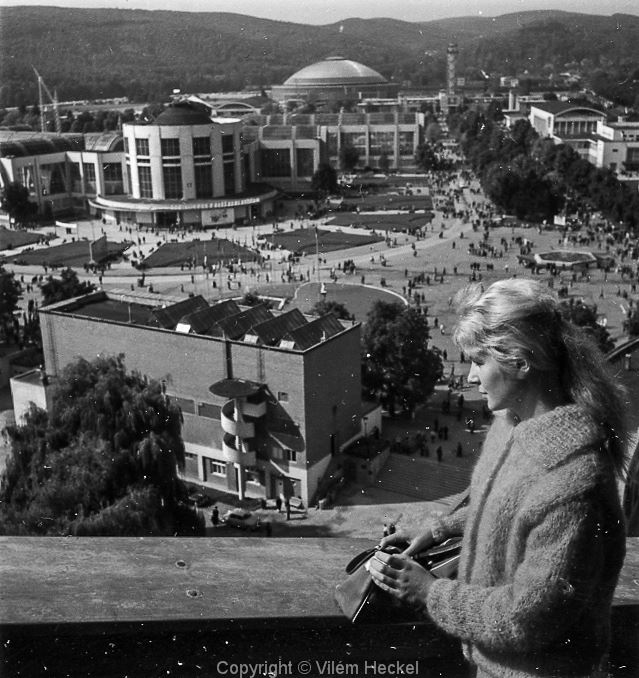



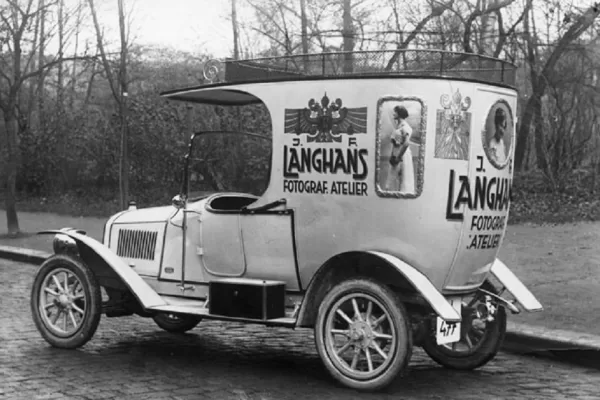
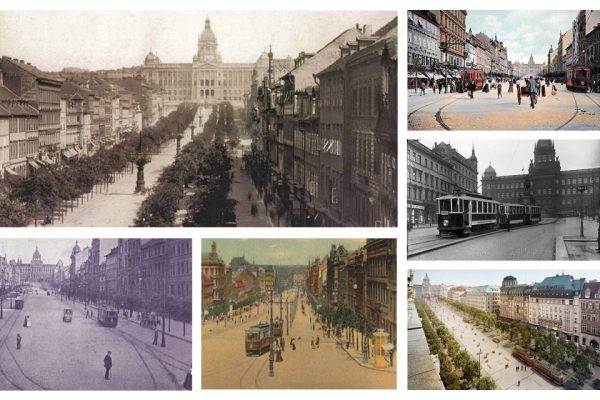
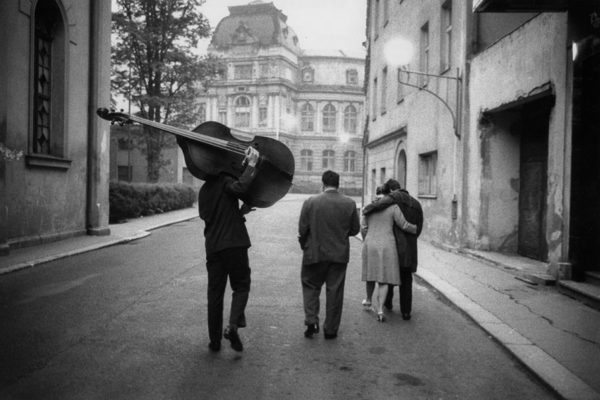















Beautiful.
It looked so futuristic, didn’t it? Many of the old World’s Fairs in the late 1800’s and early 1900’s were built up so quickly and the buildings were grand. They have all this equipment now, and they build ugly boxes.
Thank you for sharing something about Brno’s history. My grandparents came from Brno. I never knew their city built something so futuristic and exciting.
Wonderful images! It all looked very modern.